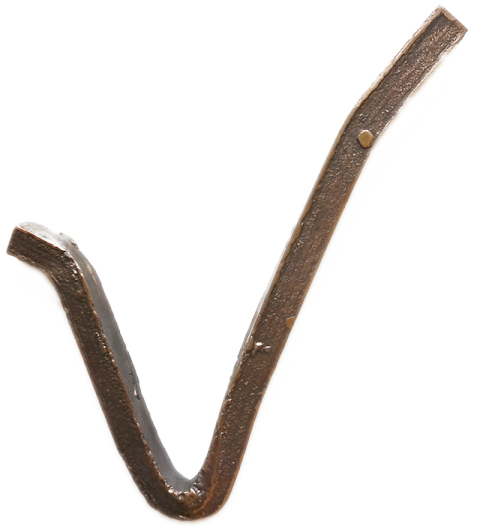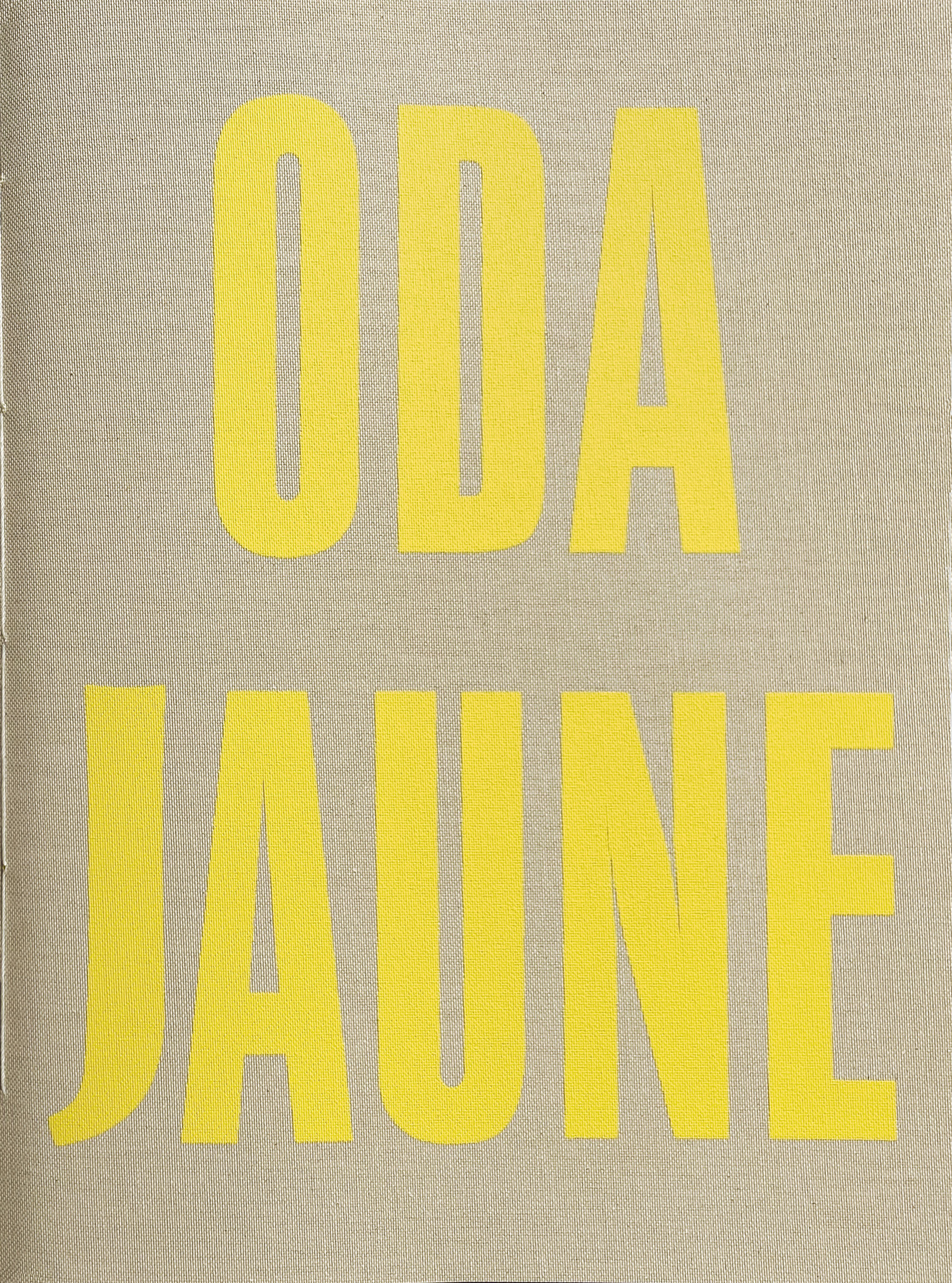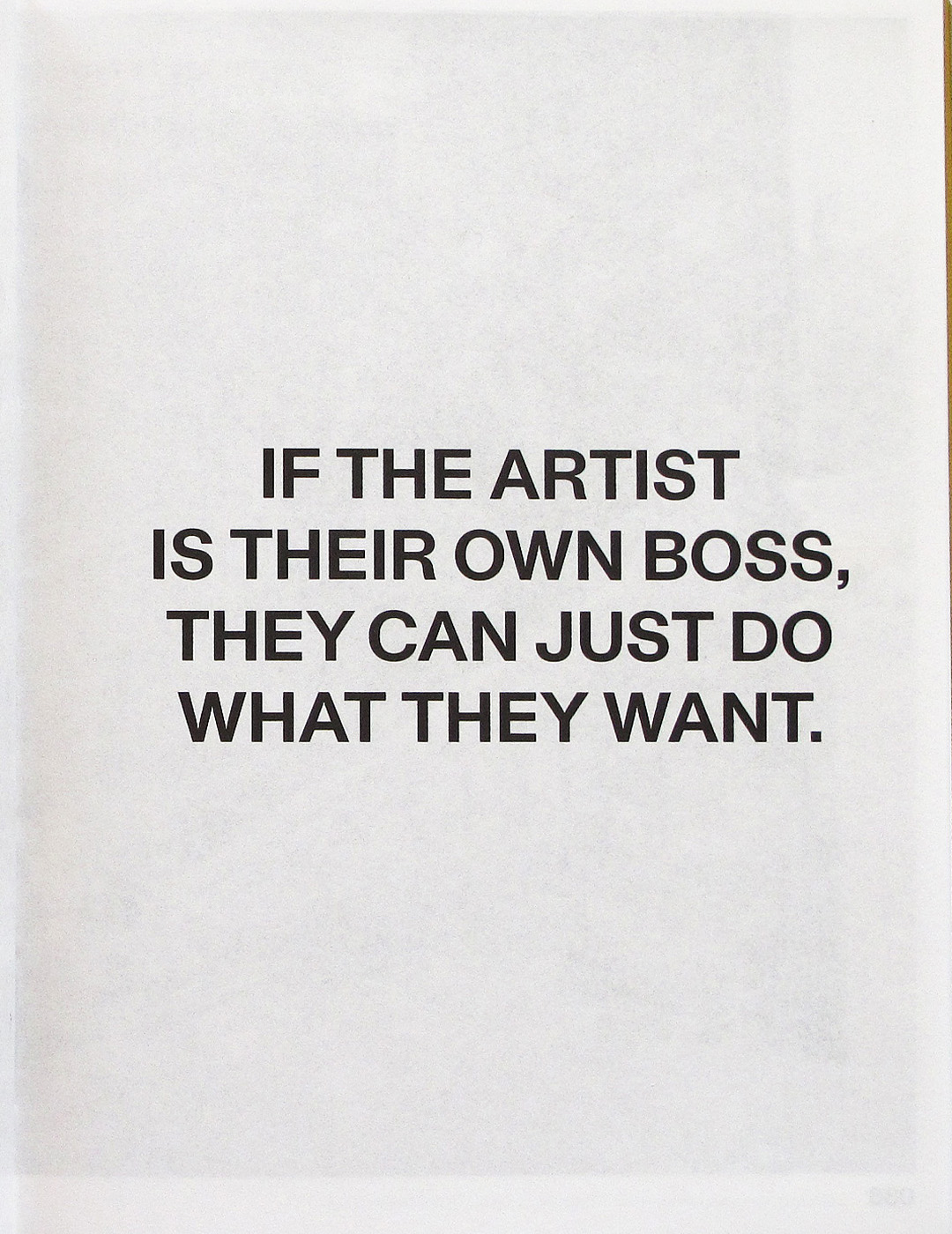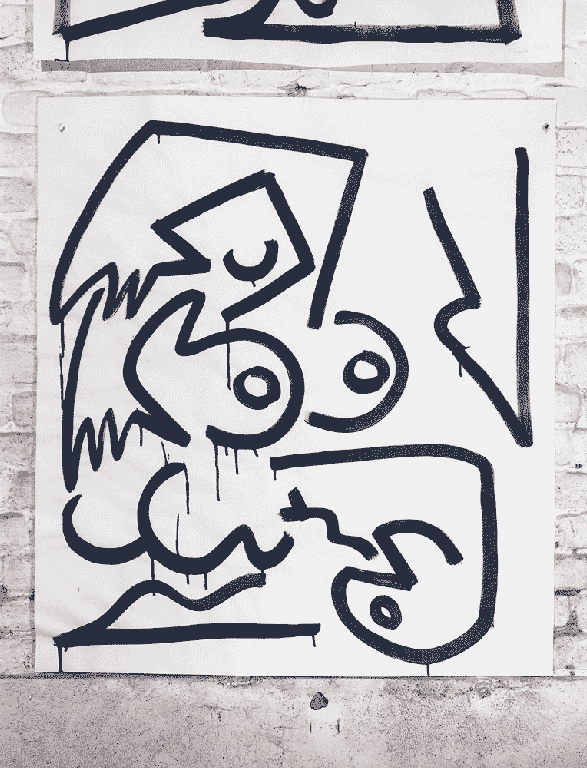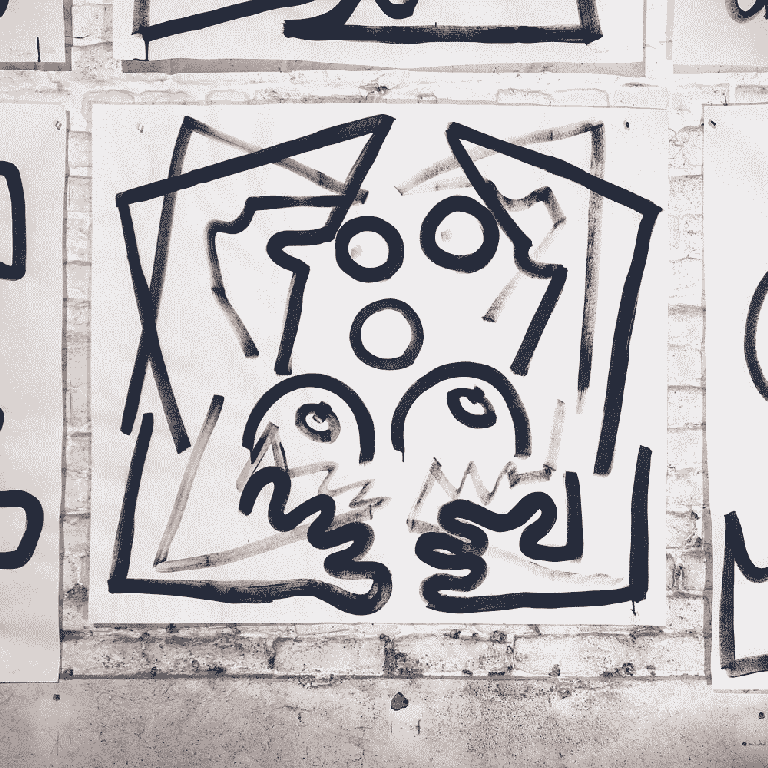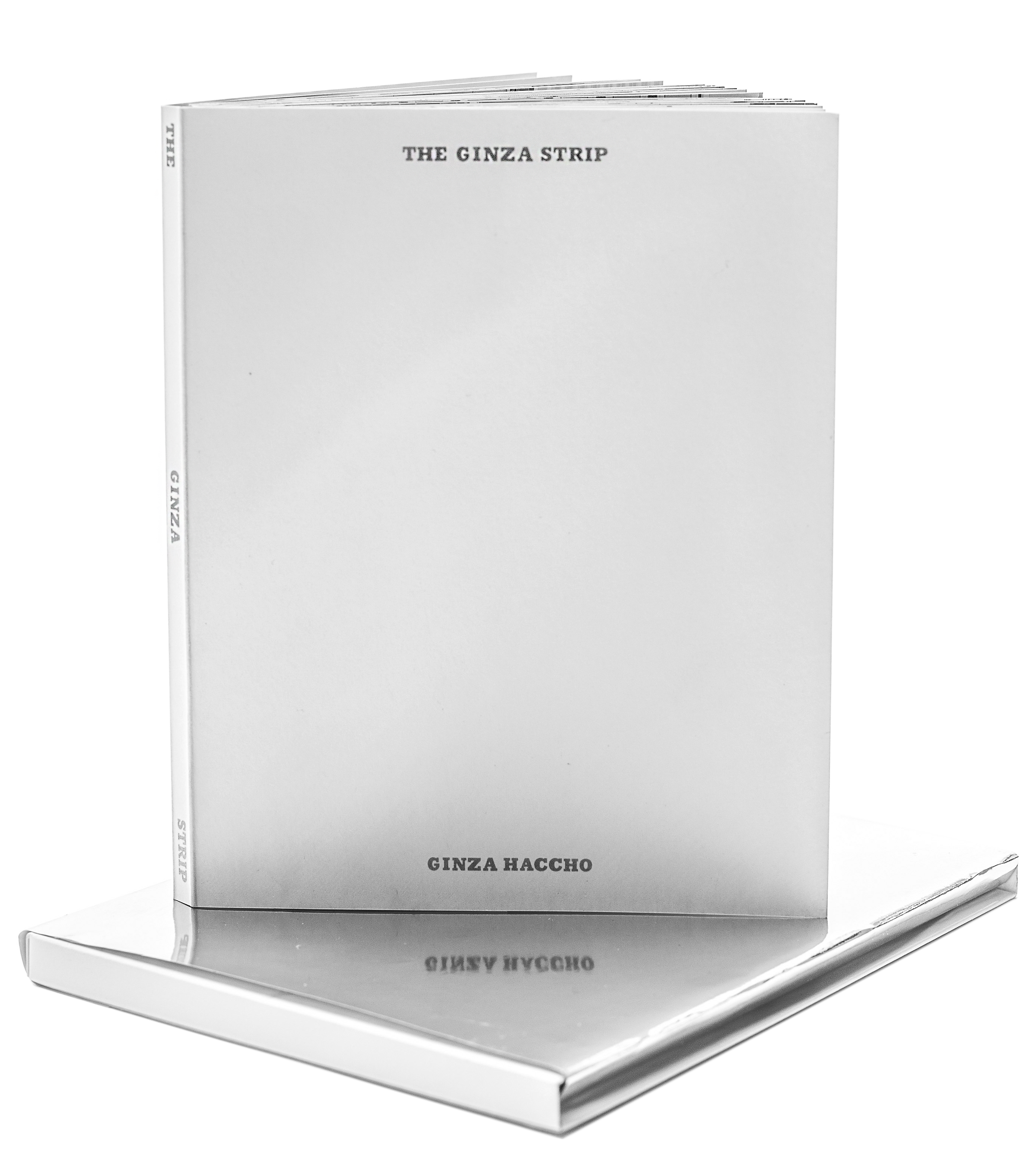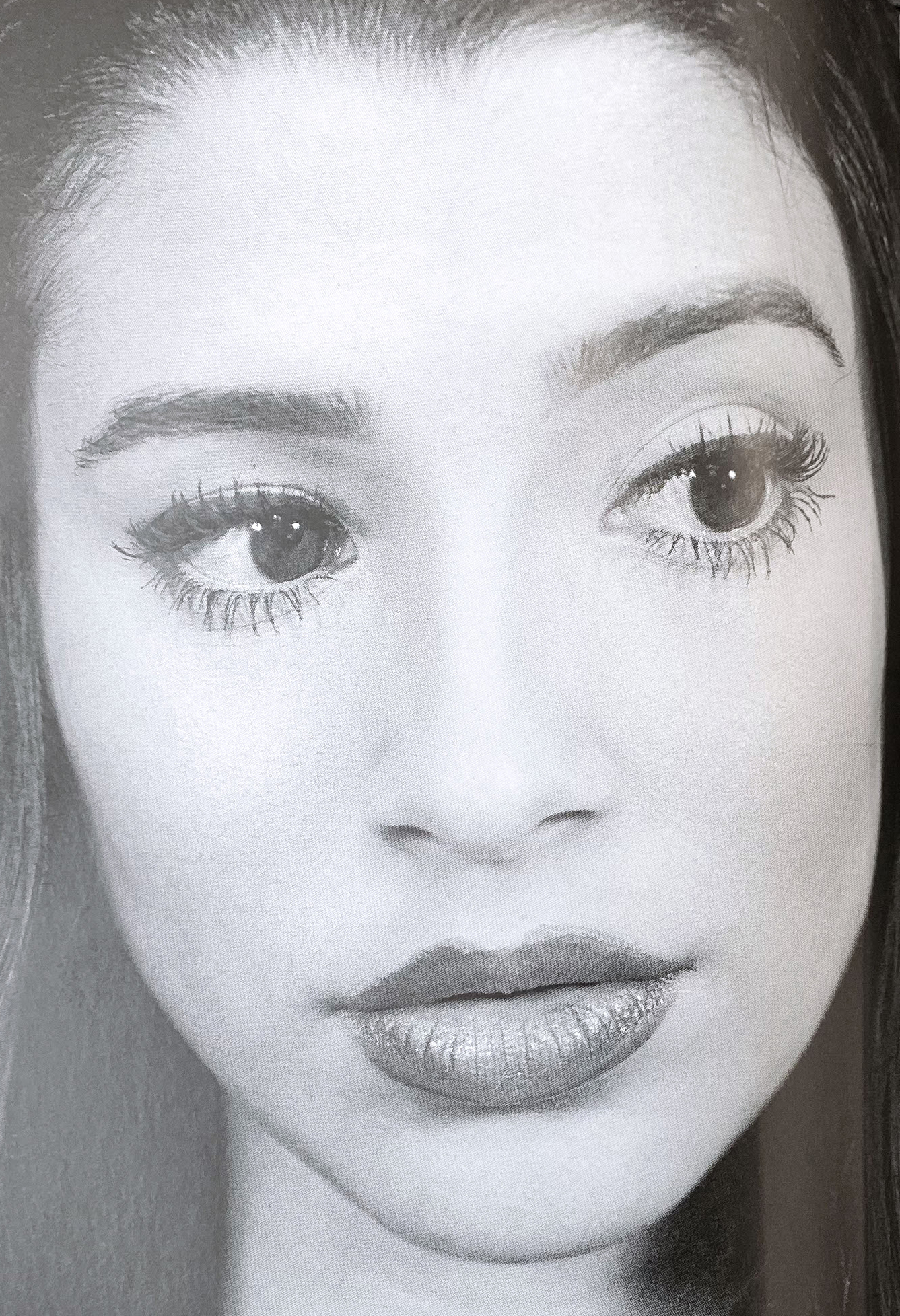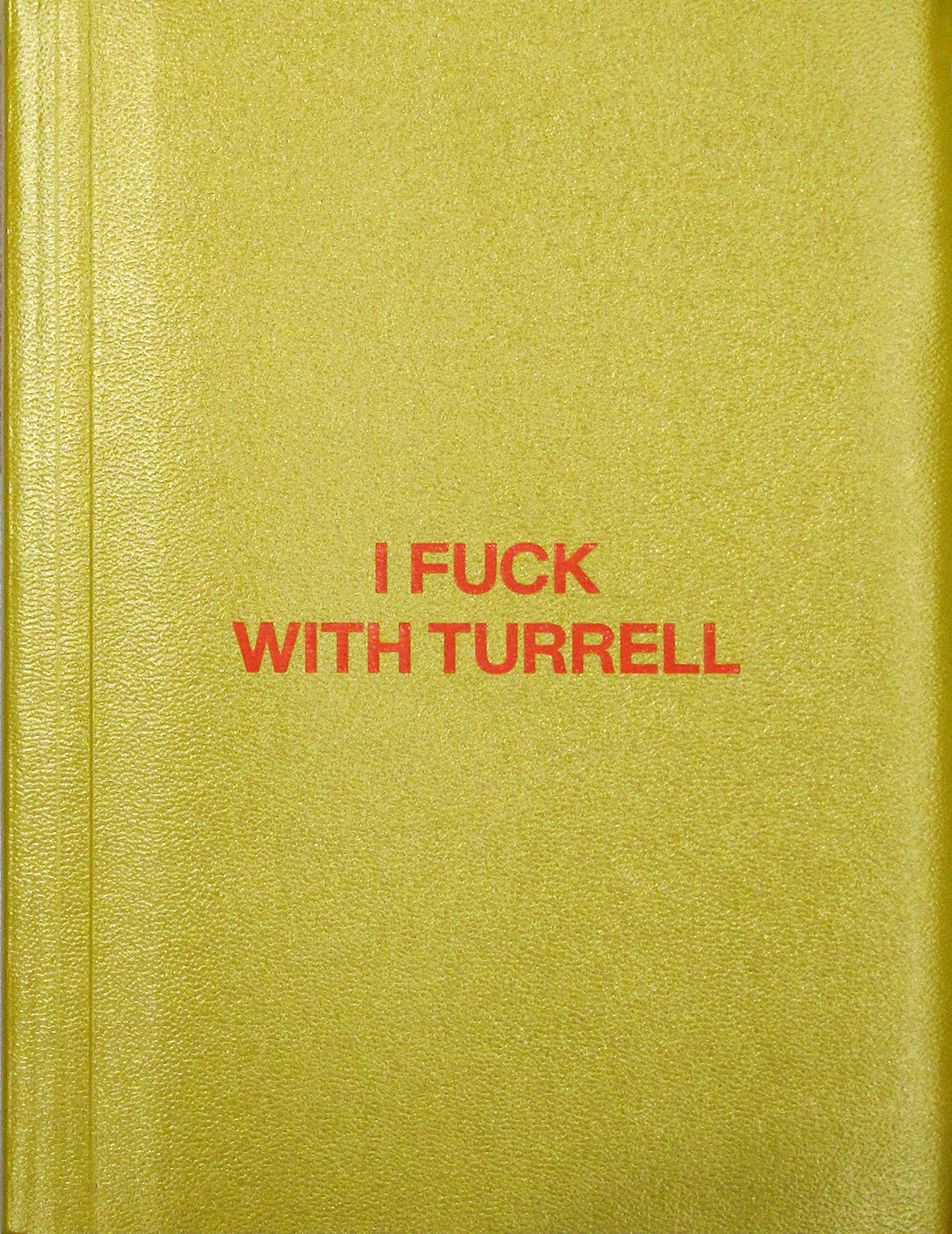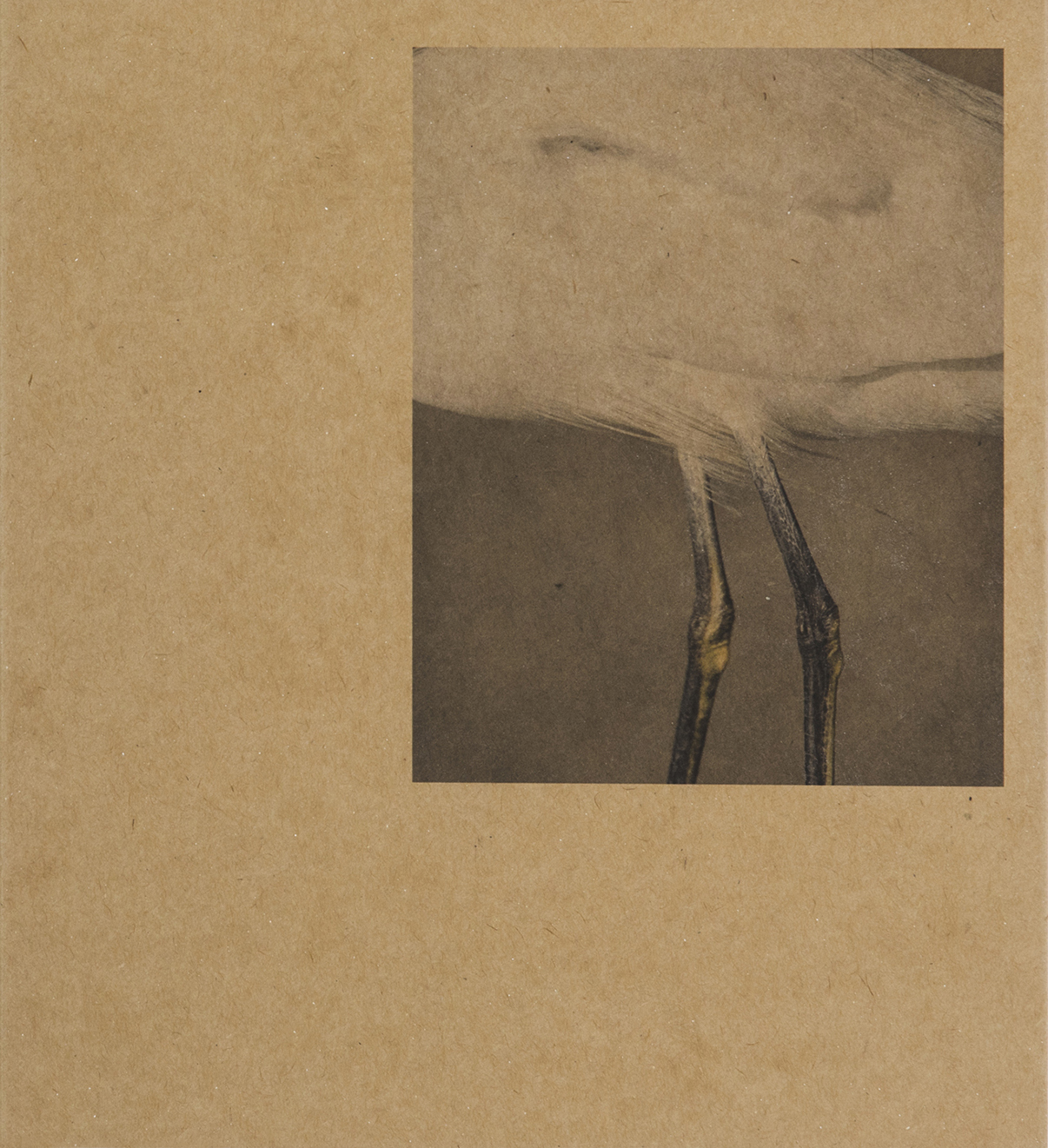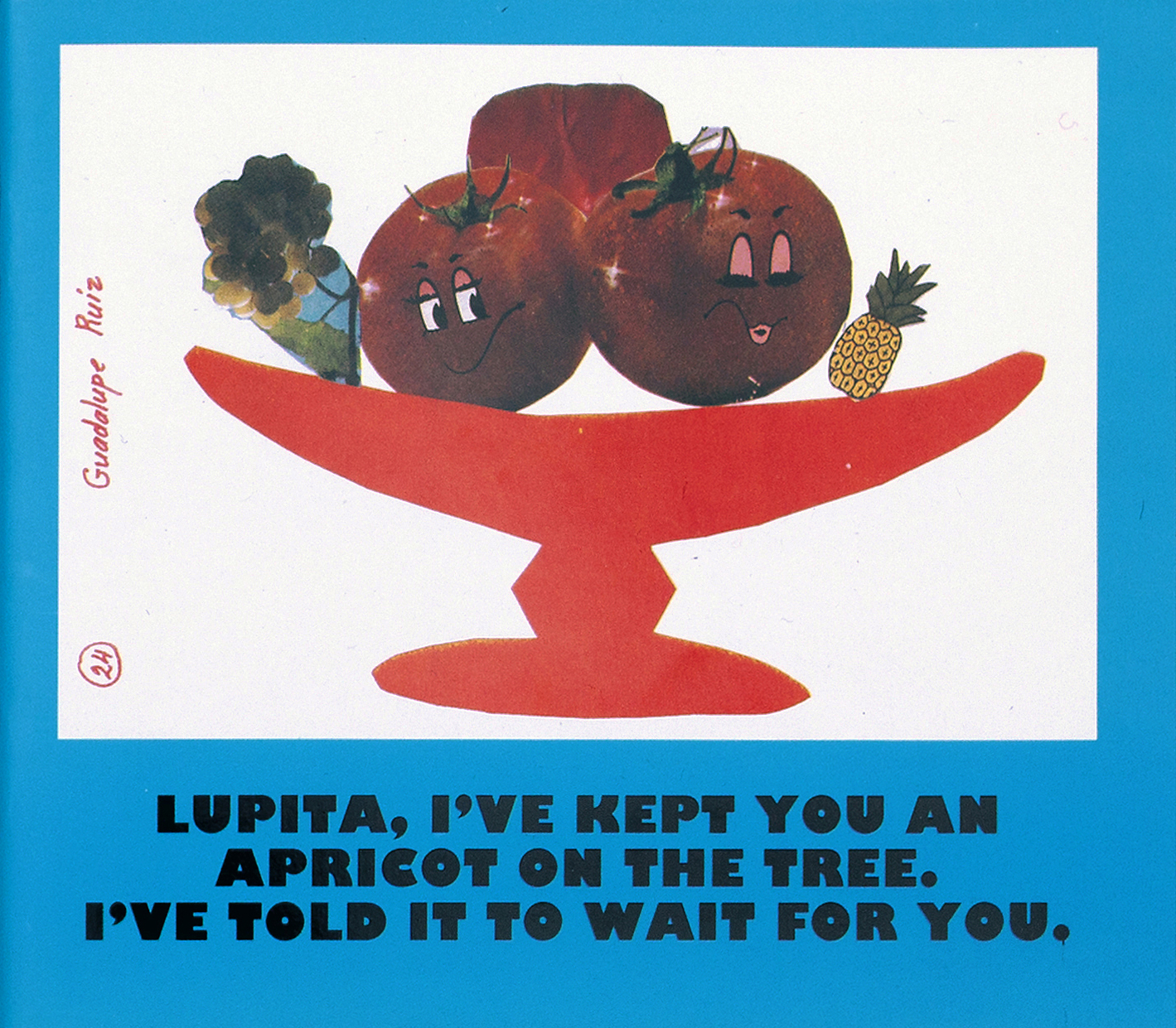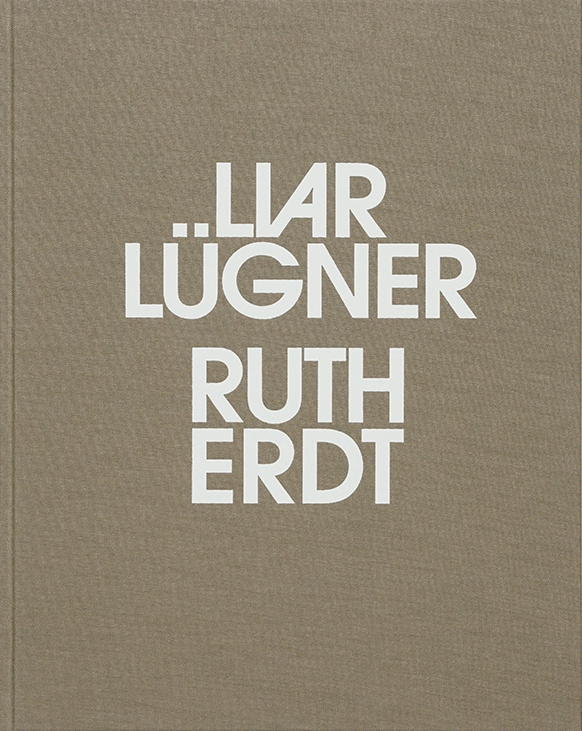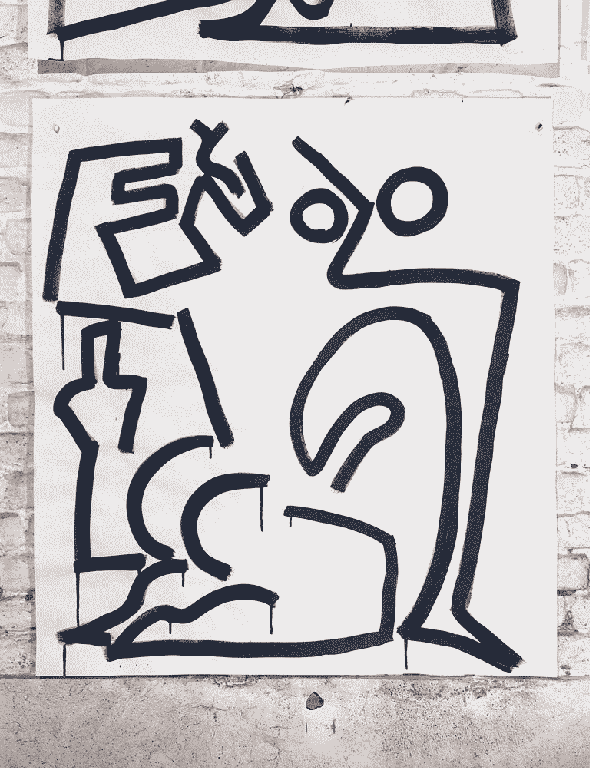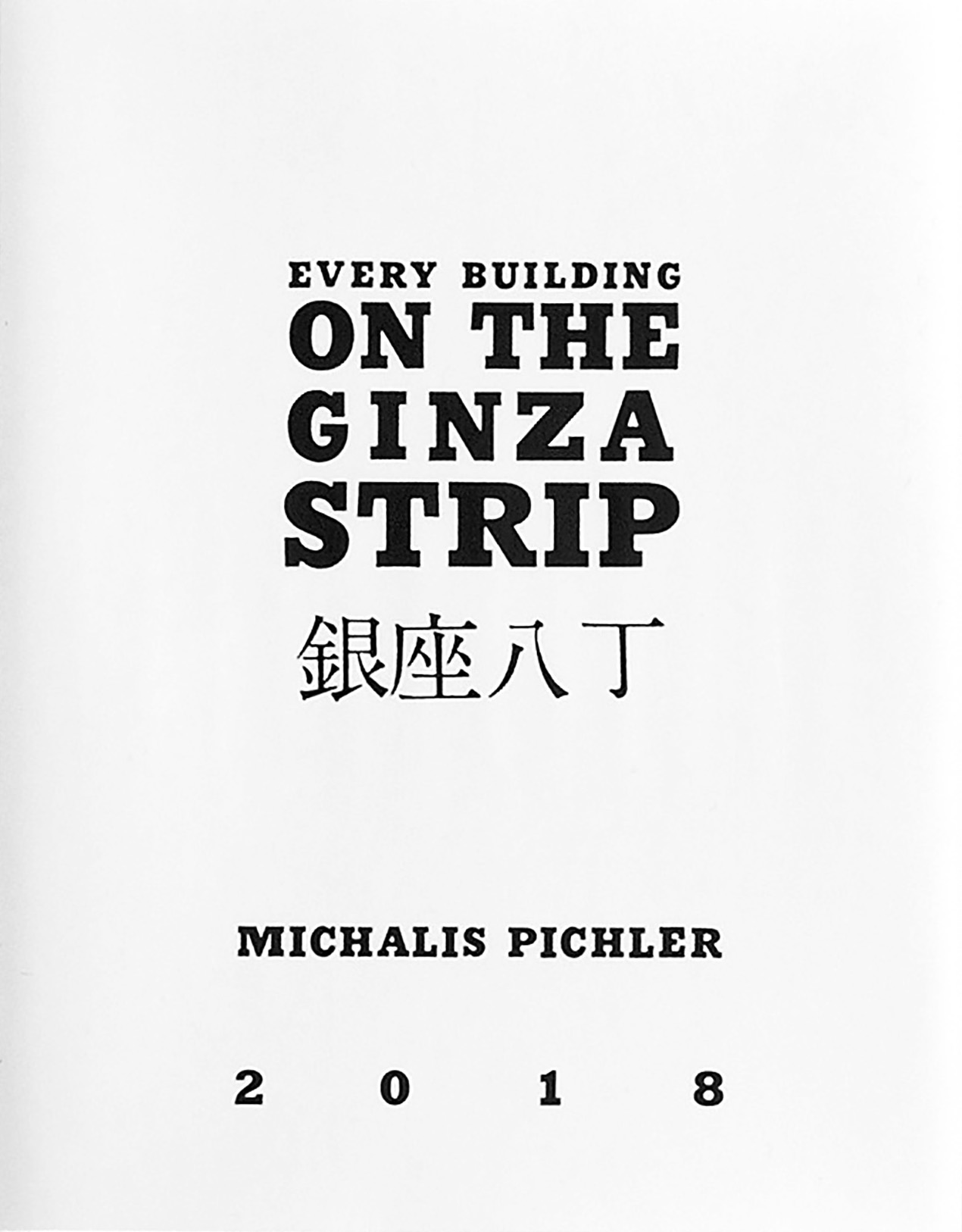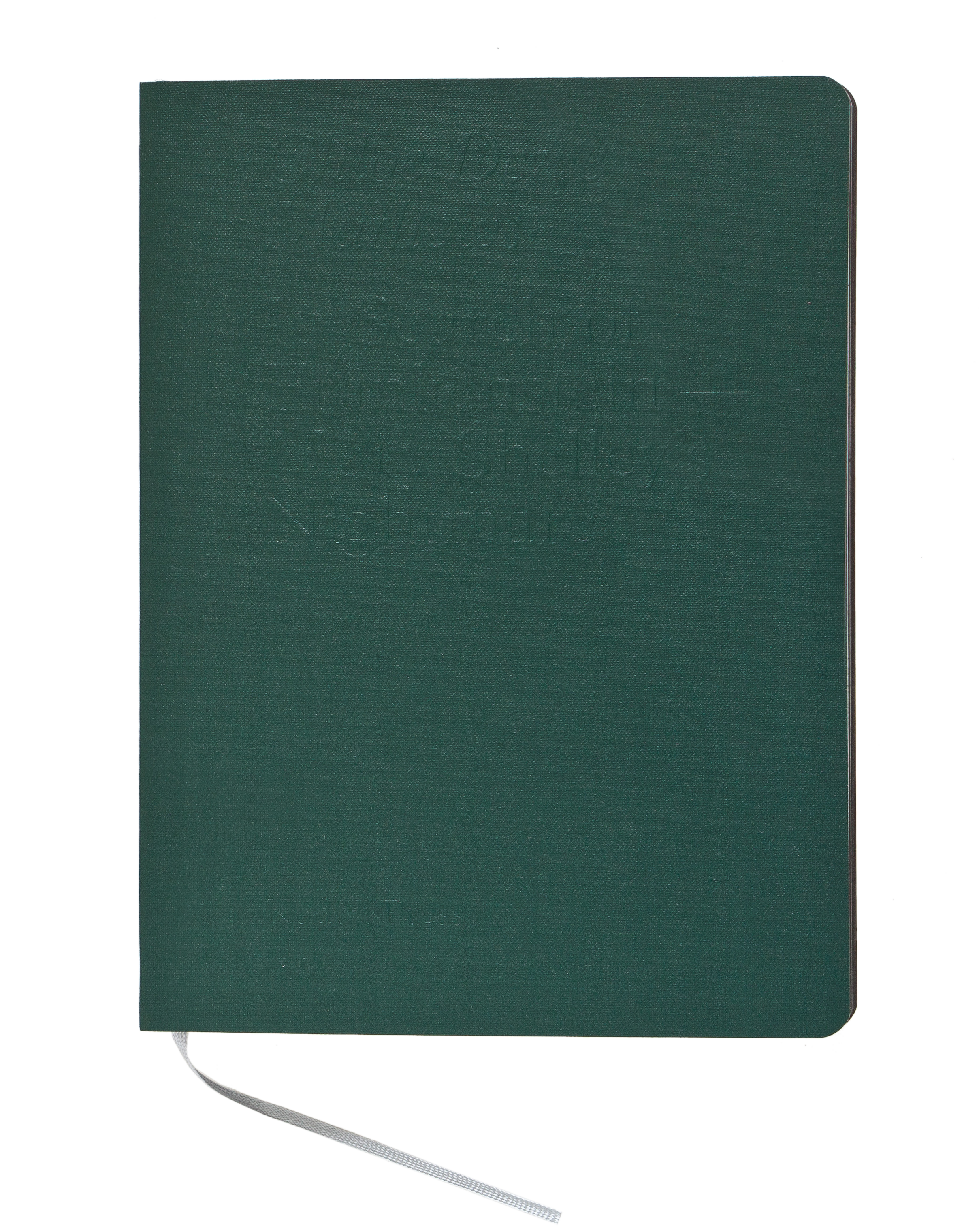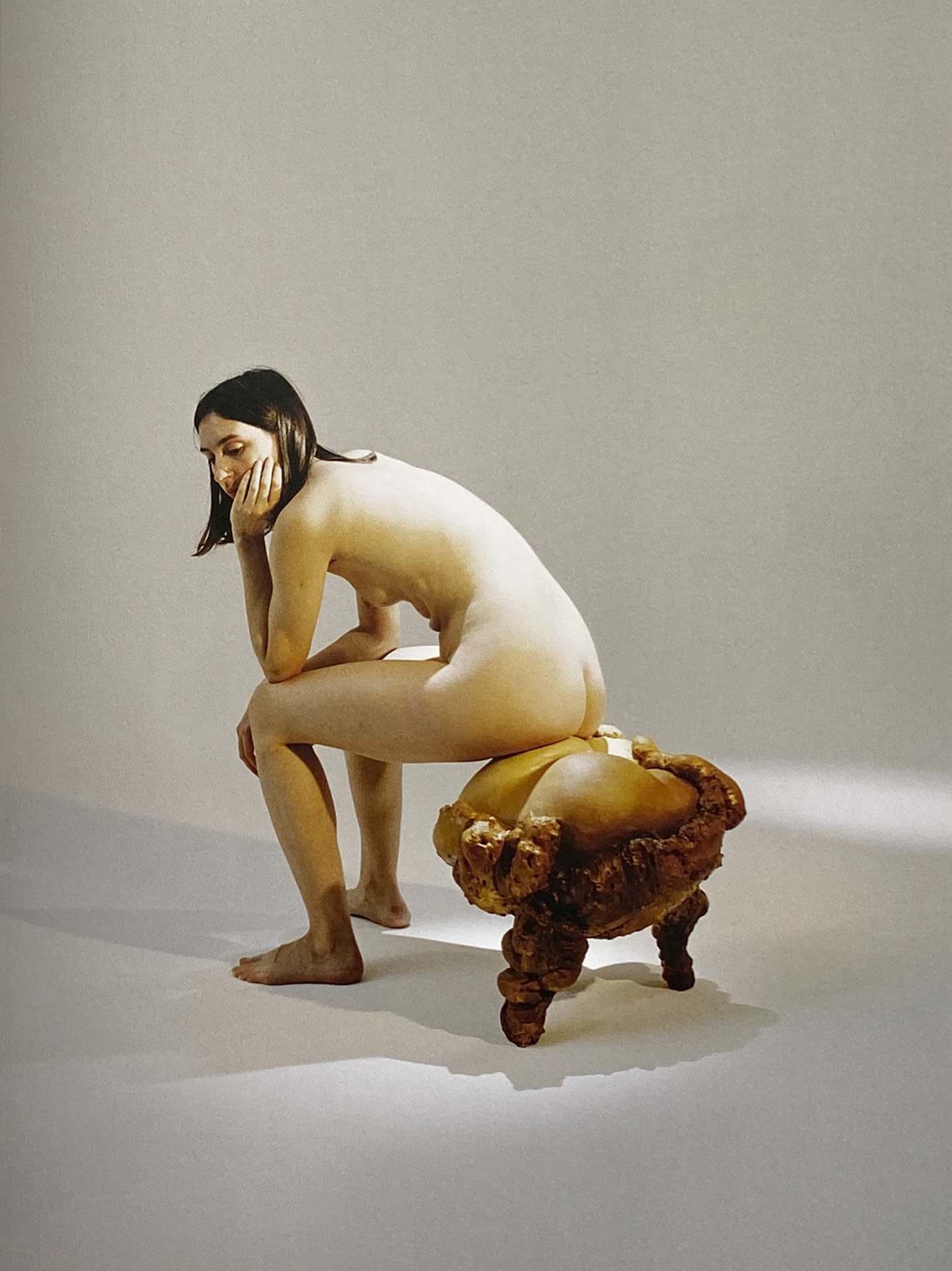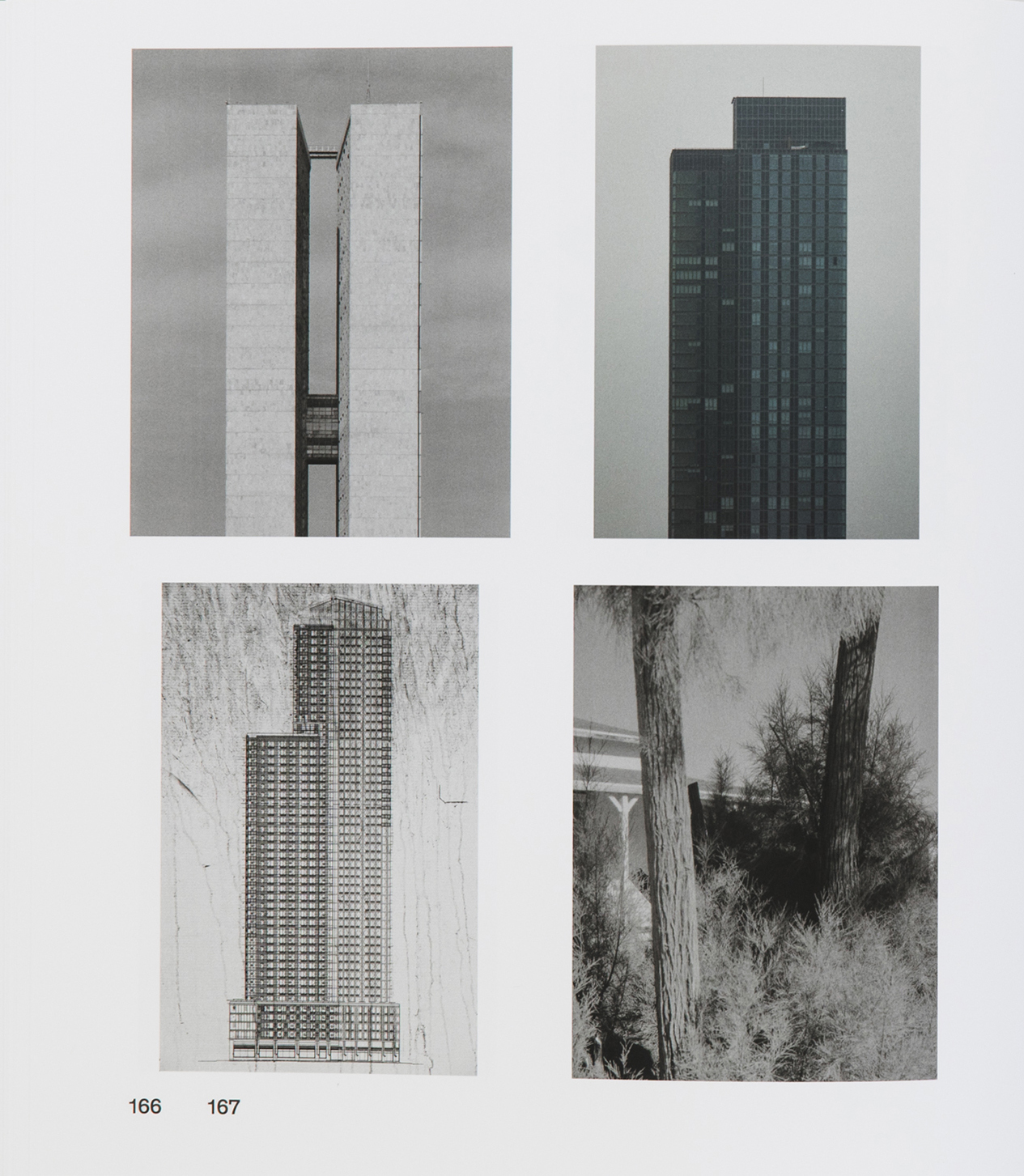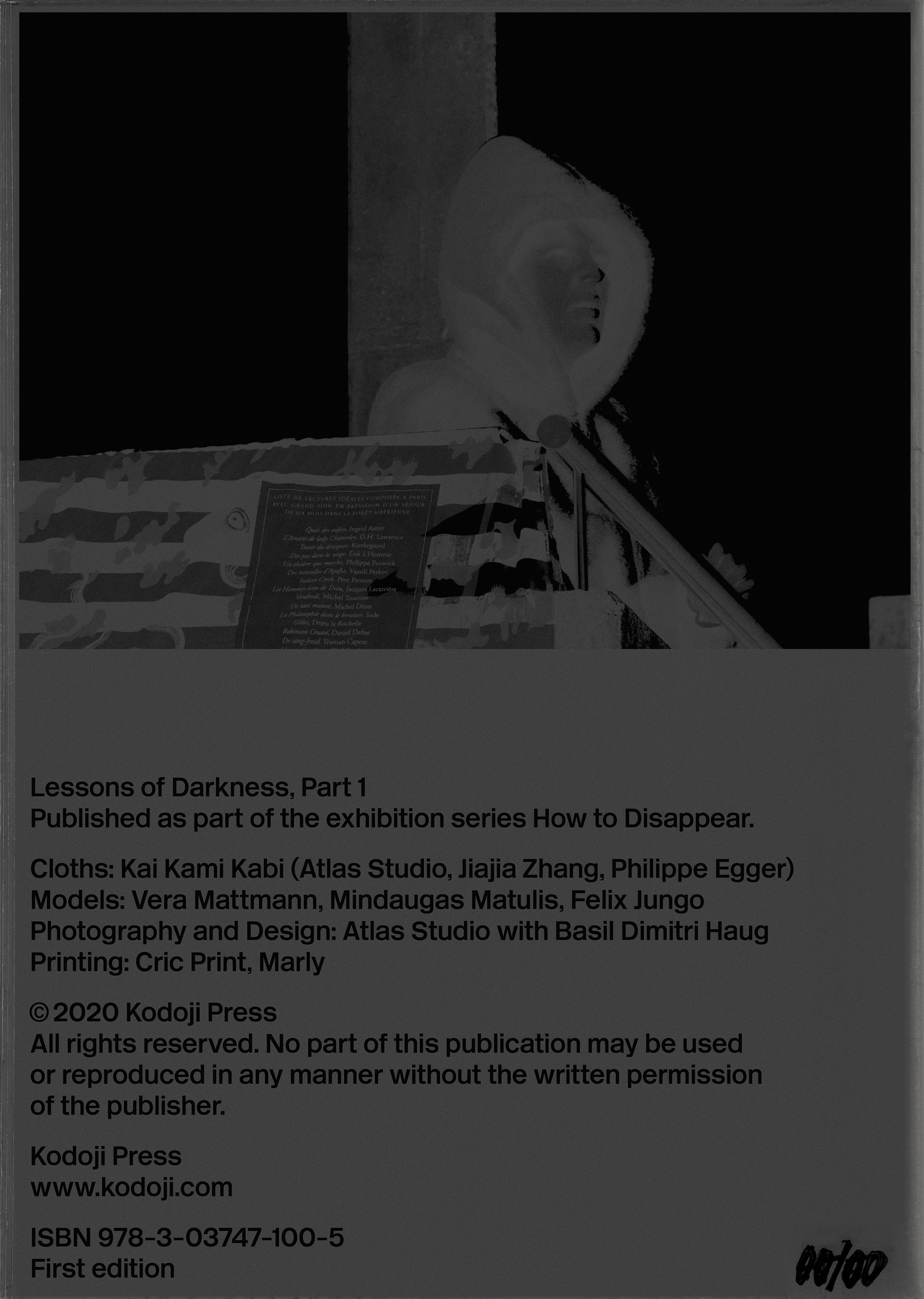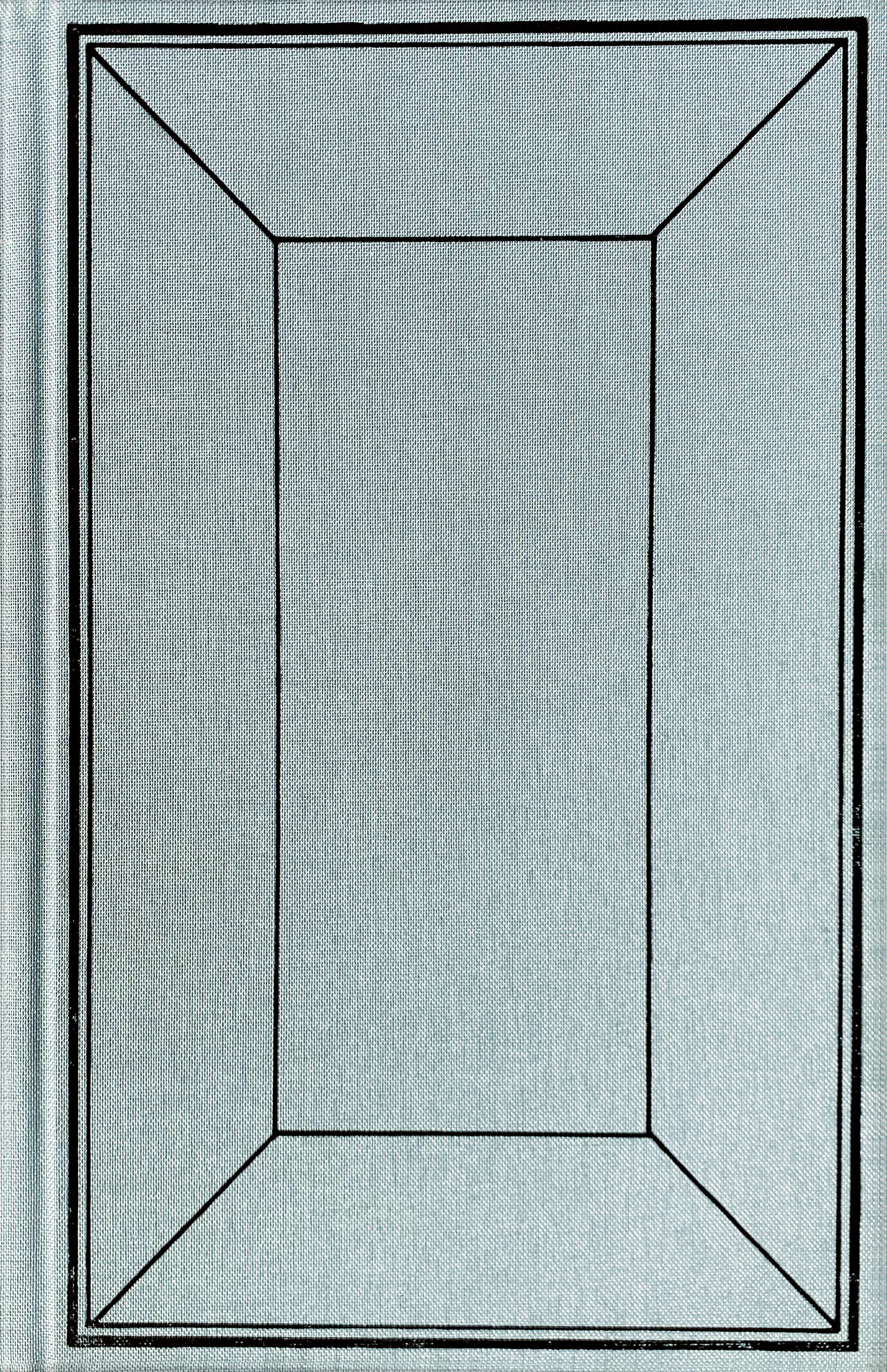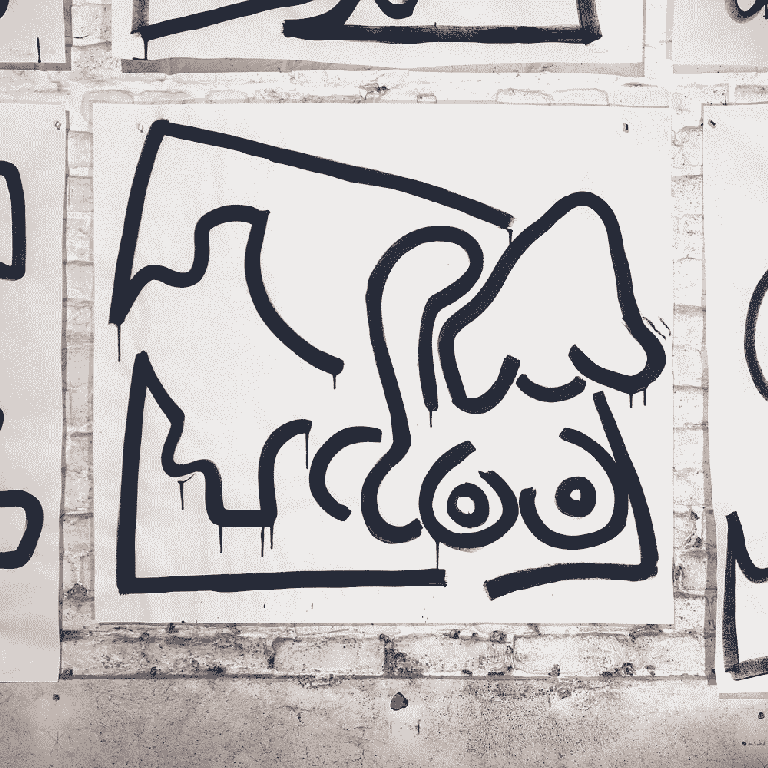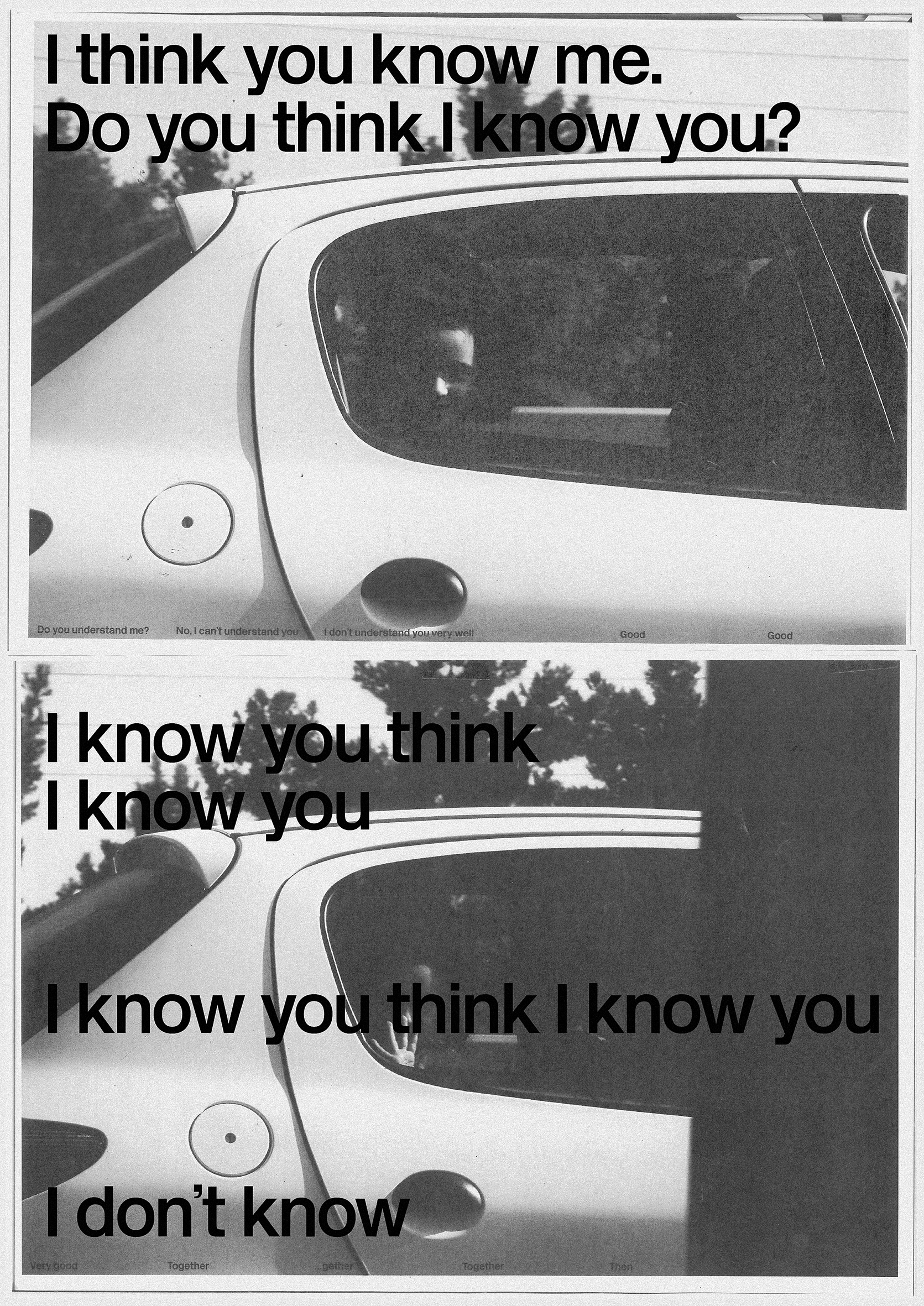LAST 2 COPIES + LAST 2 COPIES + LAST 2 COPIES + LAST 2 COPIES +
43–35 10TH STREET
Daniel Shea
«It is always worth asking if an observer alters the subject they observe: Daniel Shea is acutely aware of his role within the operation of neoliberalism.»
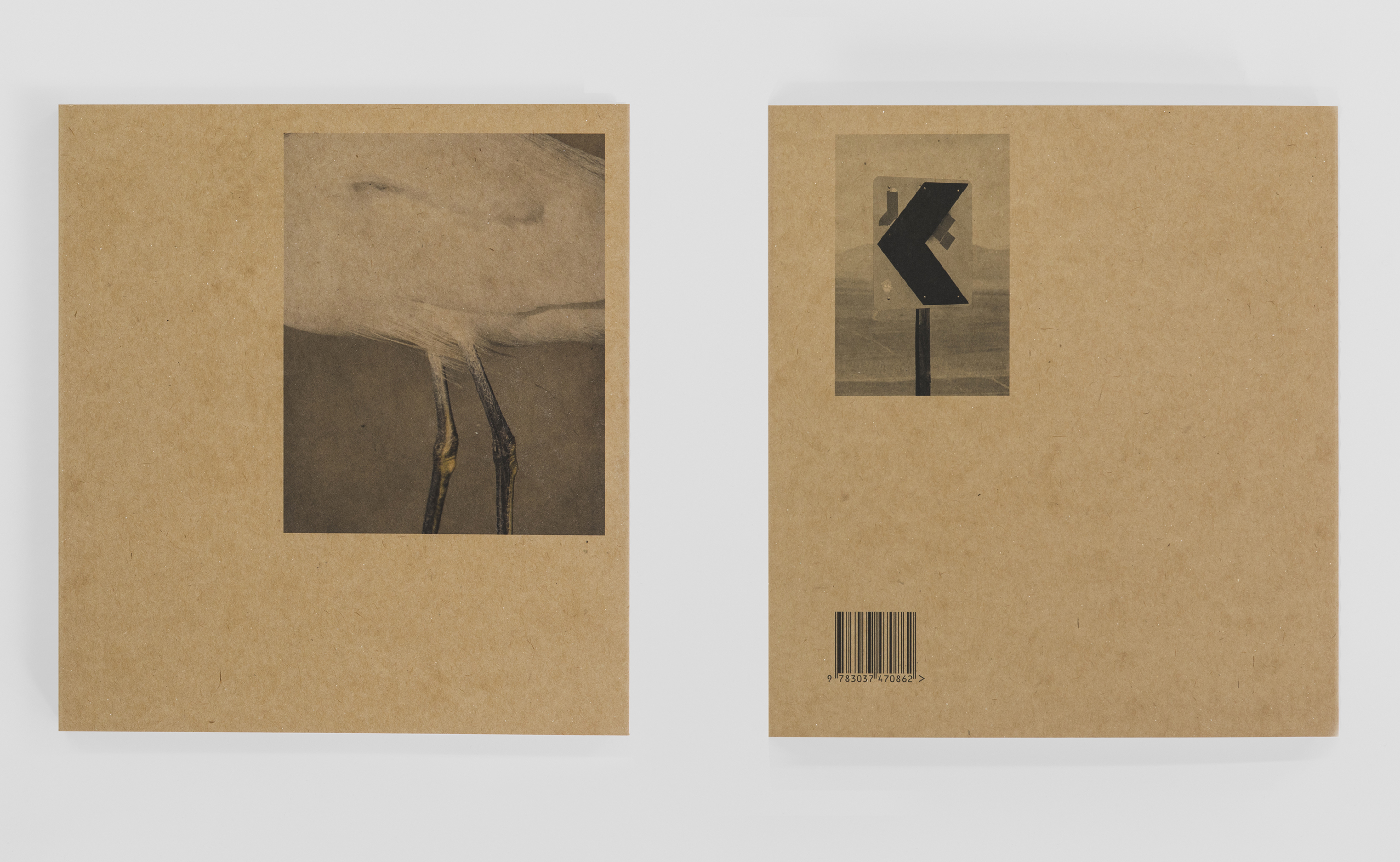
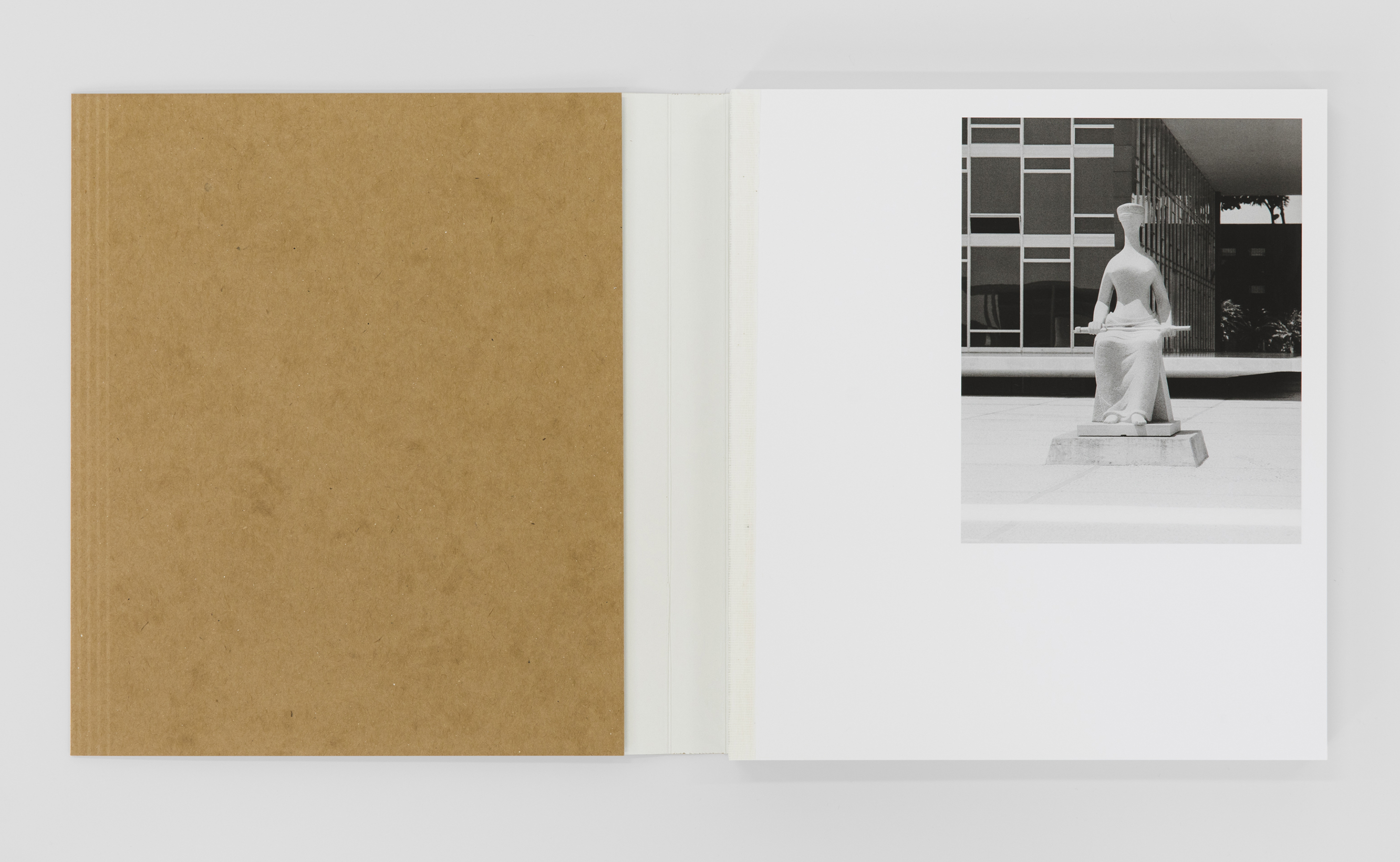
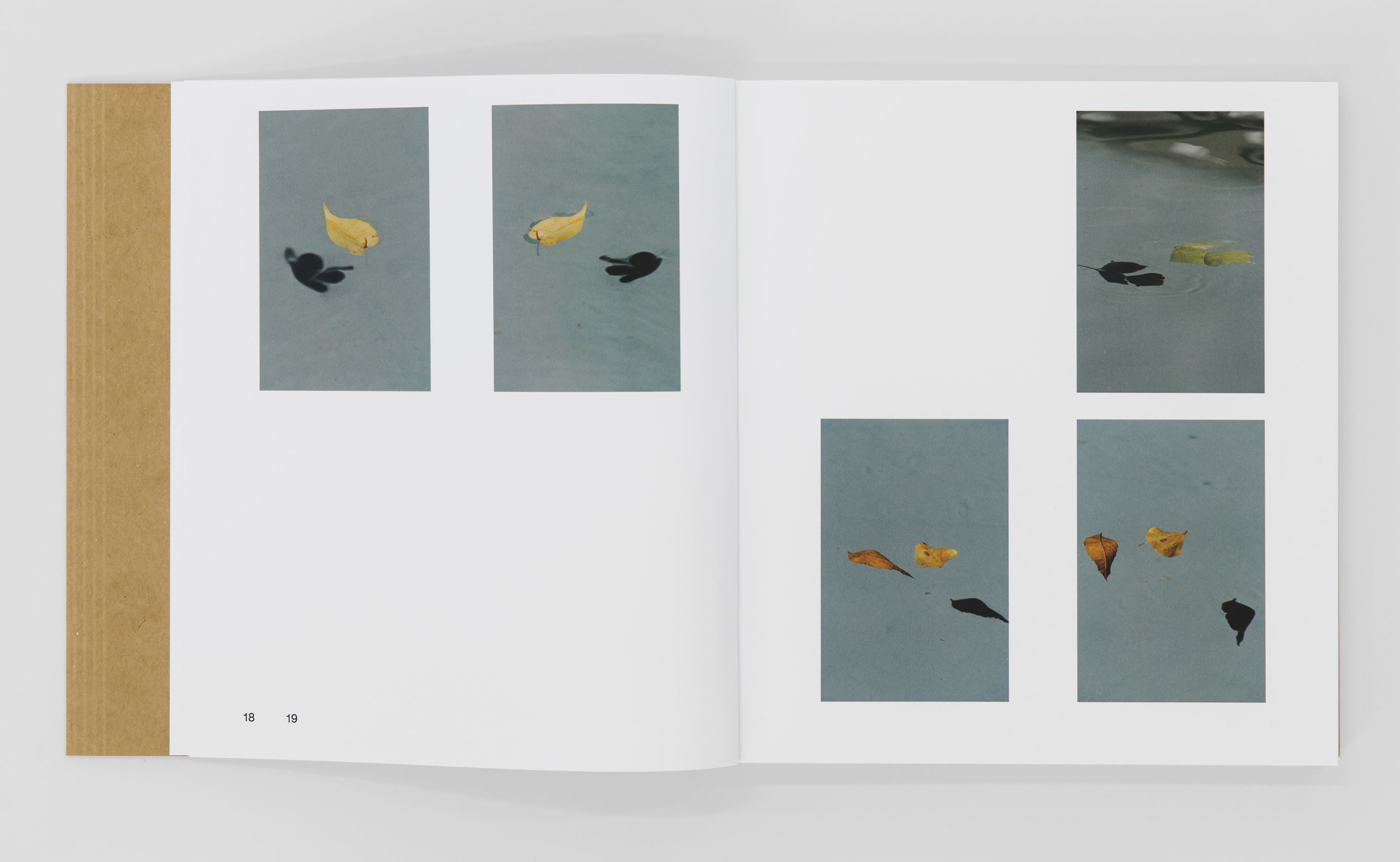

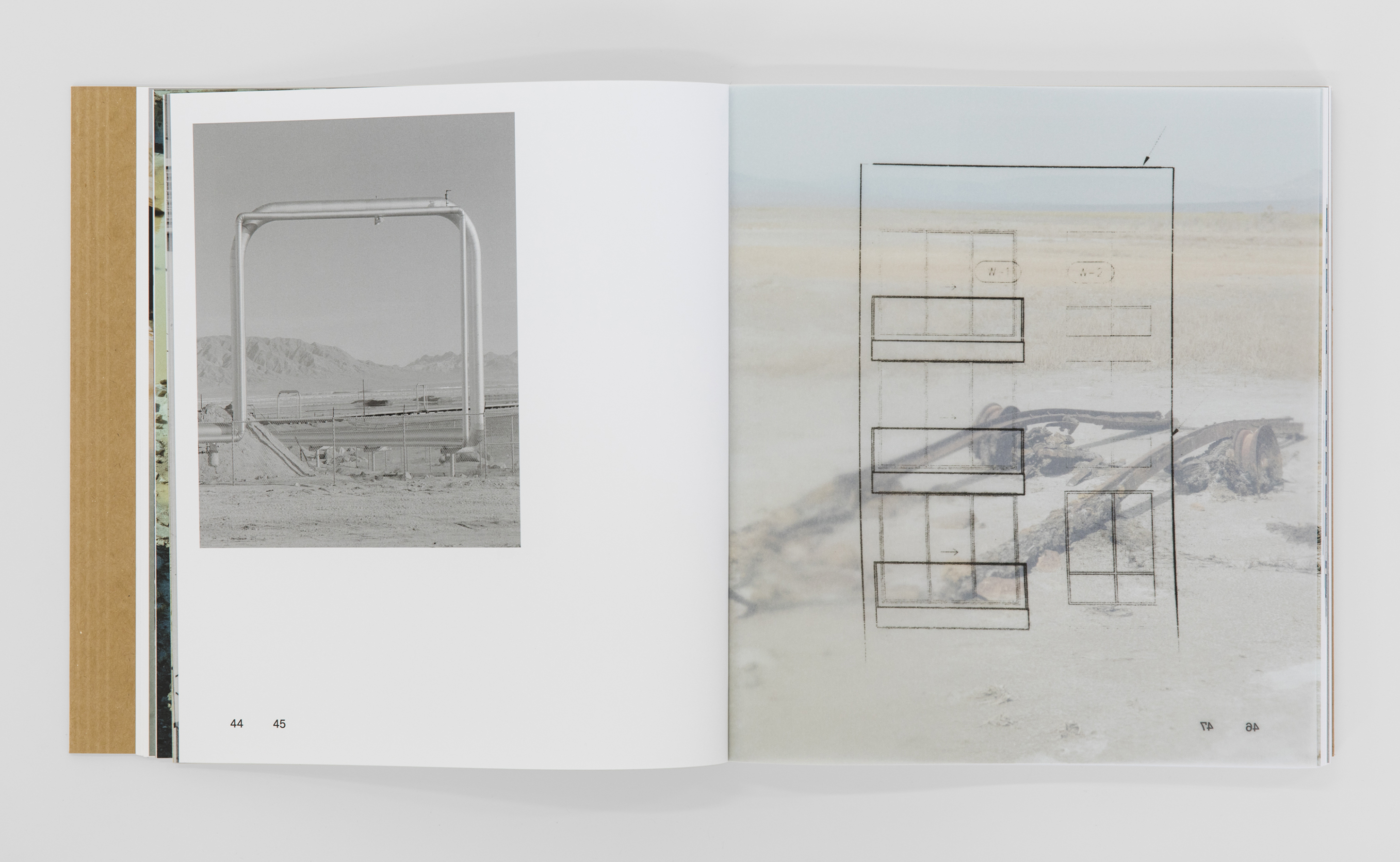
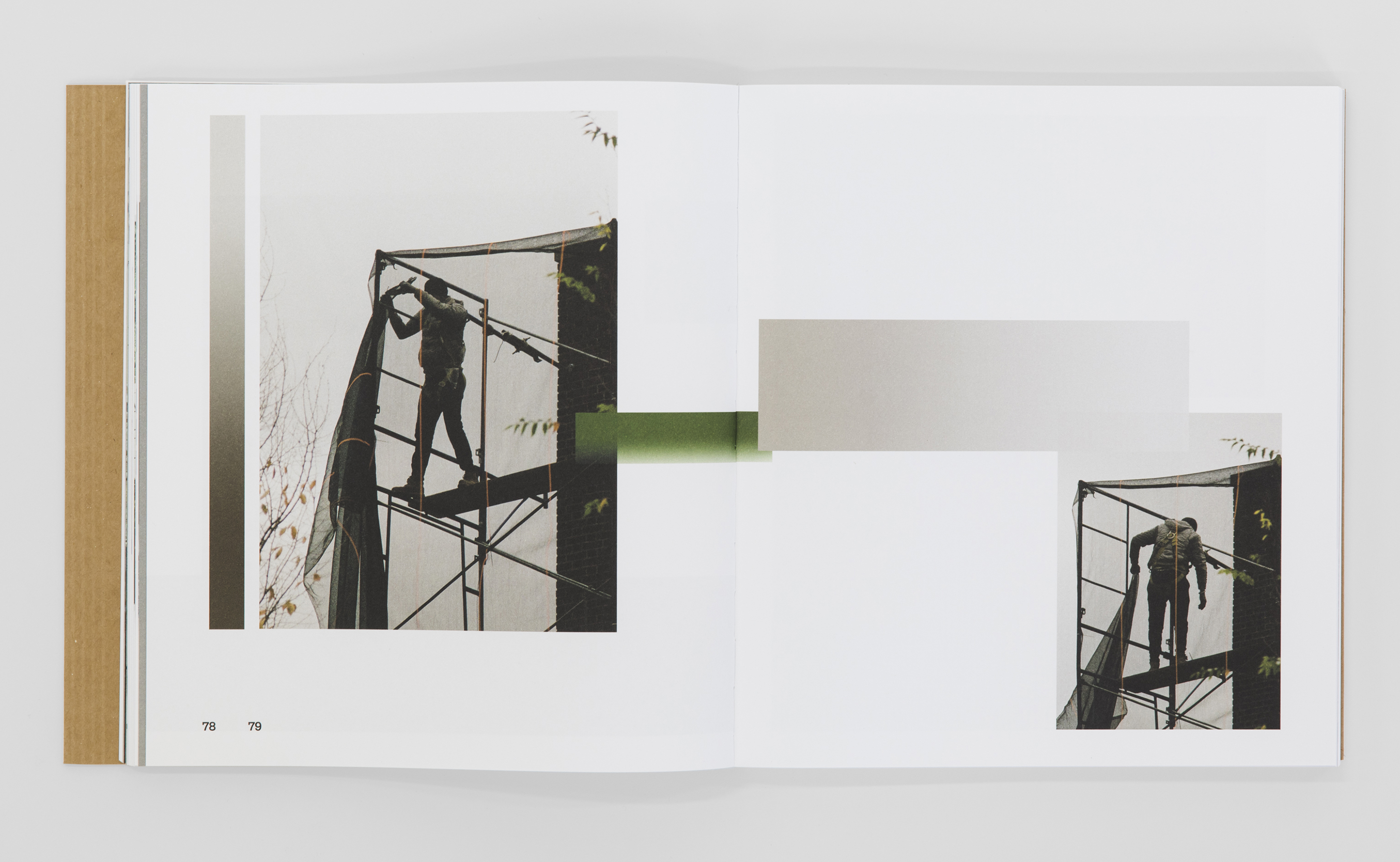
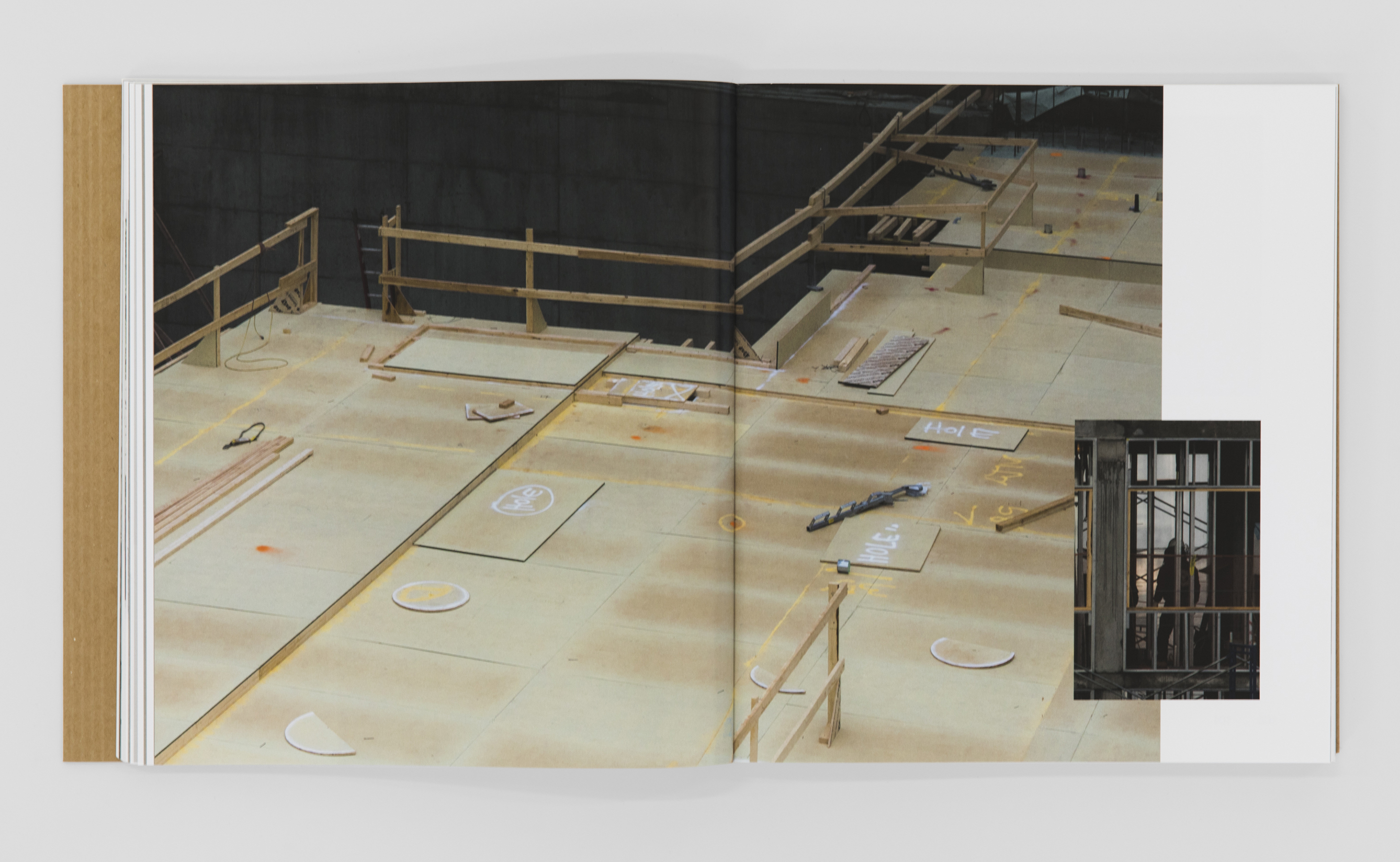



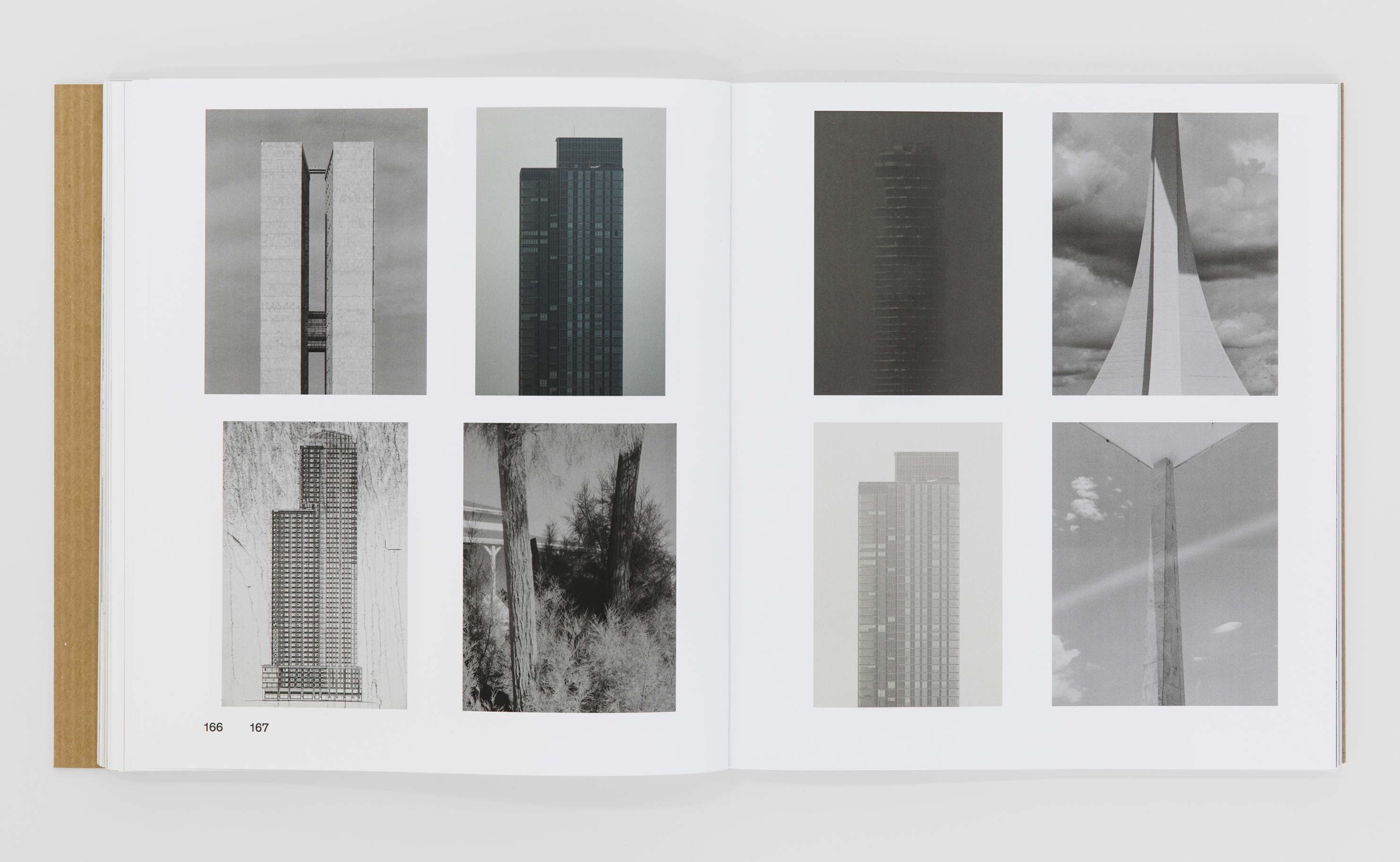


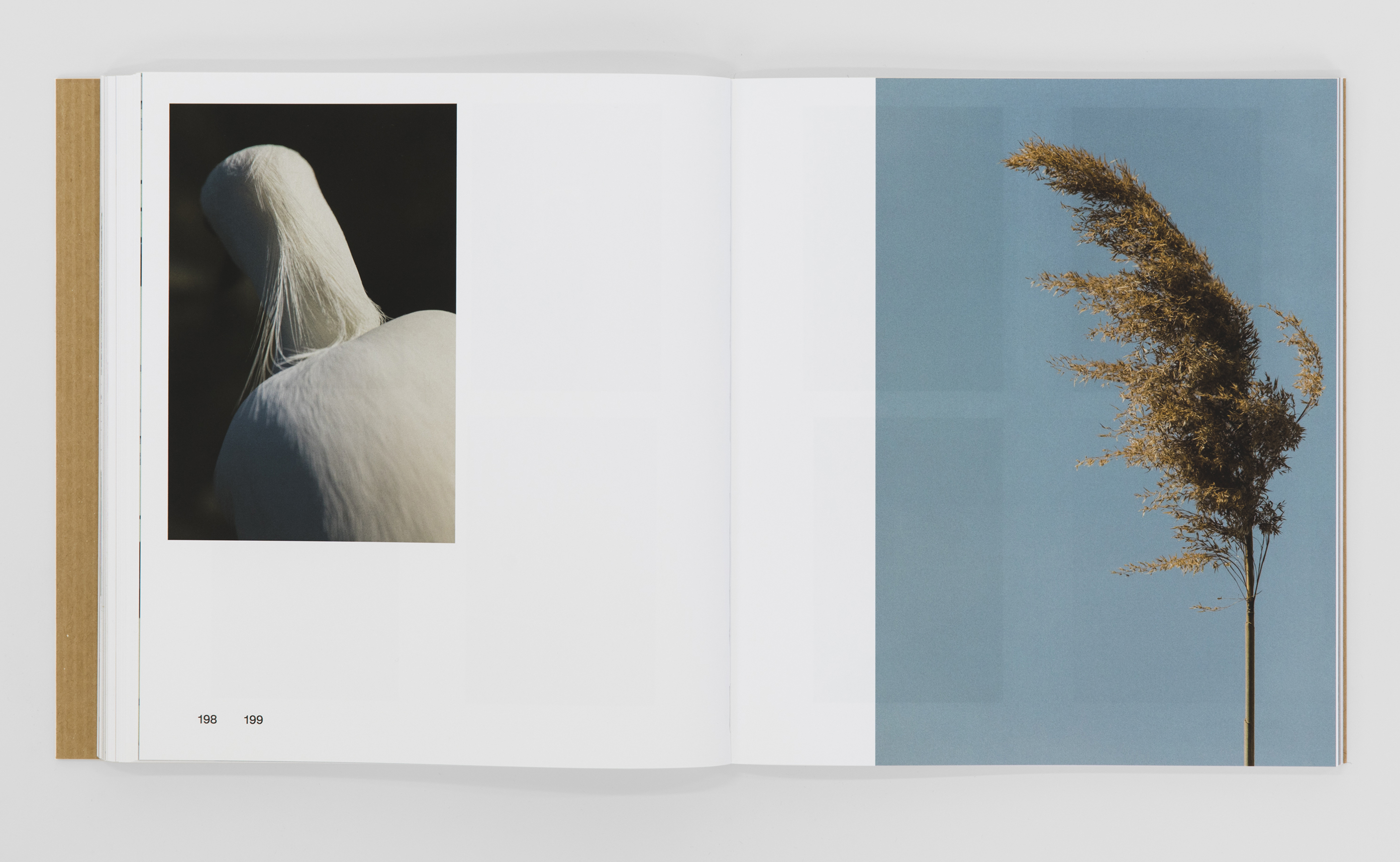

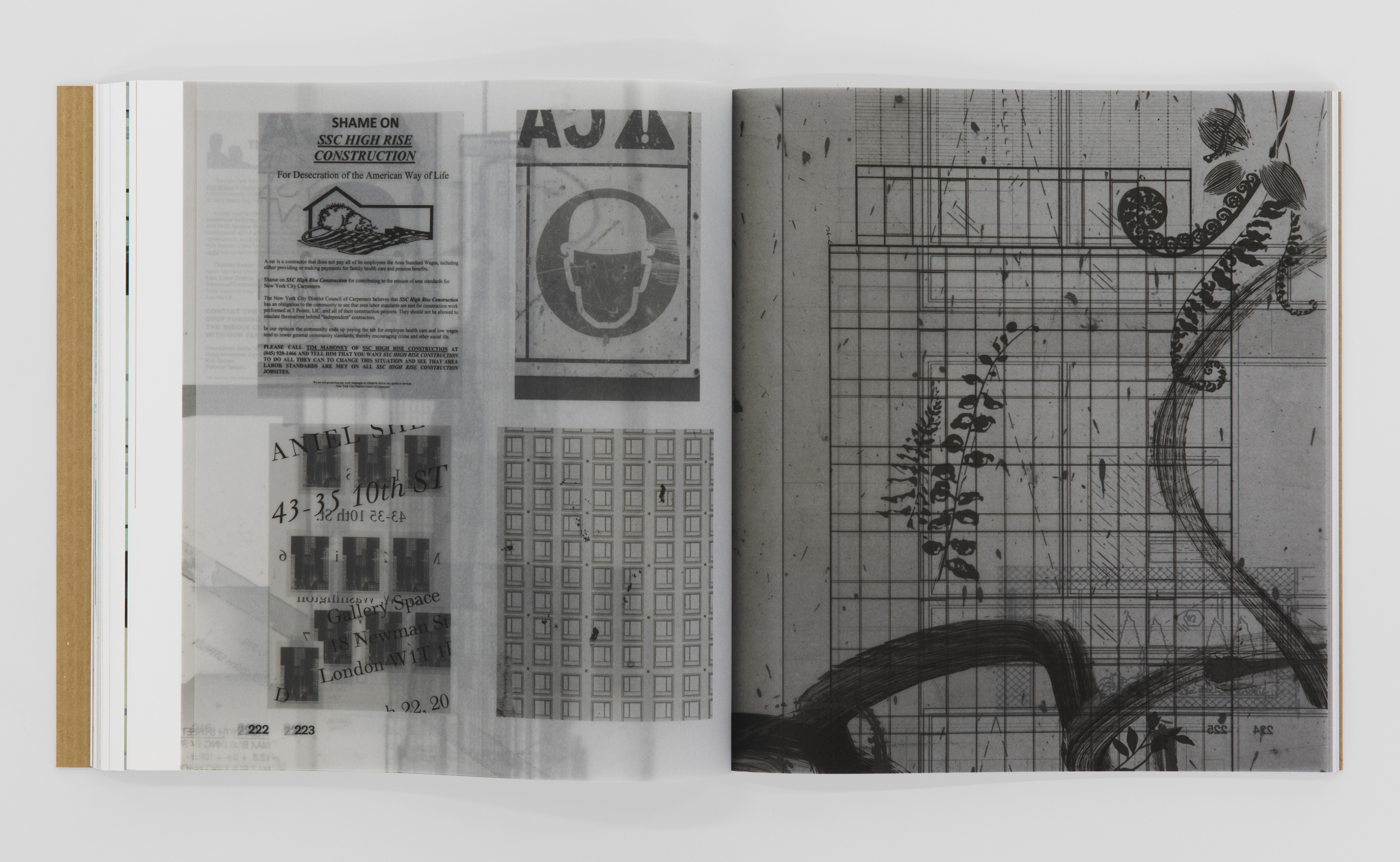



43–35 10TH STREET
Daniel Shea
Essay by Walter Benn Michaels, English, 24 × 27 cm, 288 pages, 399 color and 27 black & white plates, softcover, Kodoji Press, Baden 2018, ISBN 978–3–03747–086–2CHF 300 (plus shipping)
︎ Add to ︎
Shea is based in Long Island City, from where he has observed the rapacious processes of recent real estate development. This book moves us from the end and edges of built community to its inner-city nascence. It combines observations from Shea’s neighbourhood with impressions from the Modernist icon Brasilia and the arid Searles Valley in the American West. These are contrasted and superimposed. Few specificities of the sites can be deciphered, but impressions accumulate and coalesce. Shea looks at architecture: its surfaces, its forms and its designs. In concrete he finds aesthetic pleasure and a connection to Modernism’s aspirations and failures – both ripe for fetishisation. He looks too at reflections, challenging the photographer’s position documenting or fashioning the world around them. These planes are saturated with meanings; with time, connections start to be deciphered.
An essay by Walter Benn Michaels in ‘43-35 10th Street’ starts to pull apart the stratifications of Shea’s images, articulating political subjects that roil be-neath overtly neutral surfaces or are caught between their layers. The capitalist market and the facility for speculation, for example, that art and building have in common. That artists personify self-organised, precarious, de-unionised labour while creating intrinsically worthless goods that fuel the market itself, and not necessarily identifying what they do as labour at all. Buildings may be designed to improve equality, but, as Brasilia proved, cannot do so alone. Shea constructs images yet resists communicating a clear message, probing, in Michaels’ words, ‘the symbiotic relation between our aesthetics and our economy’.
Born in 1985, Daniel Shea has lived and worked in Long Island City, Queens for five years. He studied at the Maryland Institute College of Art and later the University of Illinois at Chicago and has taught on several North American art programmes. His work has been exhibited throughout Europe and the United States, and books are a key element of his practice.
LAST 5 COPIES + LAST 5 COPIES + LAST 5 COPIES + LAST 5 COPIES +
IN SEARCH OF FRANKENSTEIN —
MARY SHELLEY’S NIGHTMARE
Chloe Dewe Mathews
«‘In Search of Frankenstein — Mary Shelley’s Nightmare’ is a book work by Chloe DeweMathews, which was conceived during her 2016 residency at the Verbier 3D Foundation in the Val de Bagnes, Switzerland.»
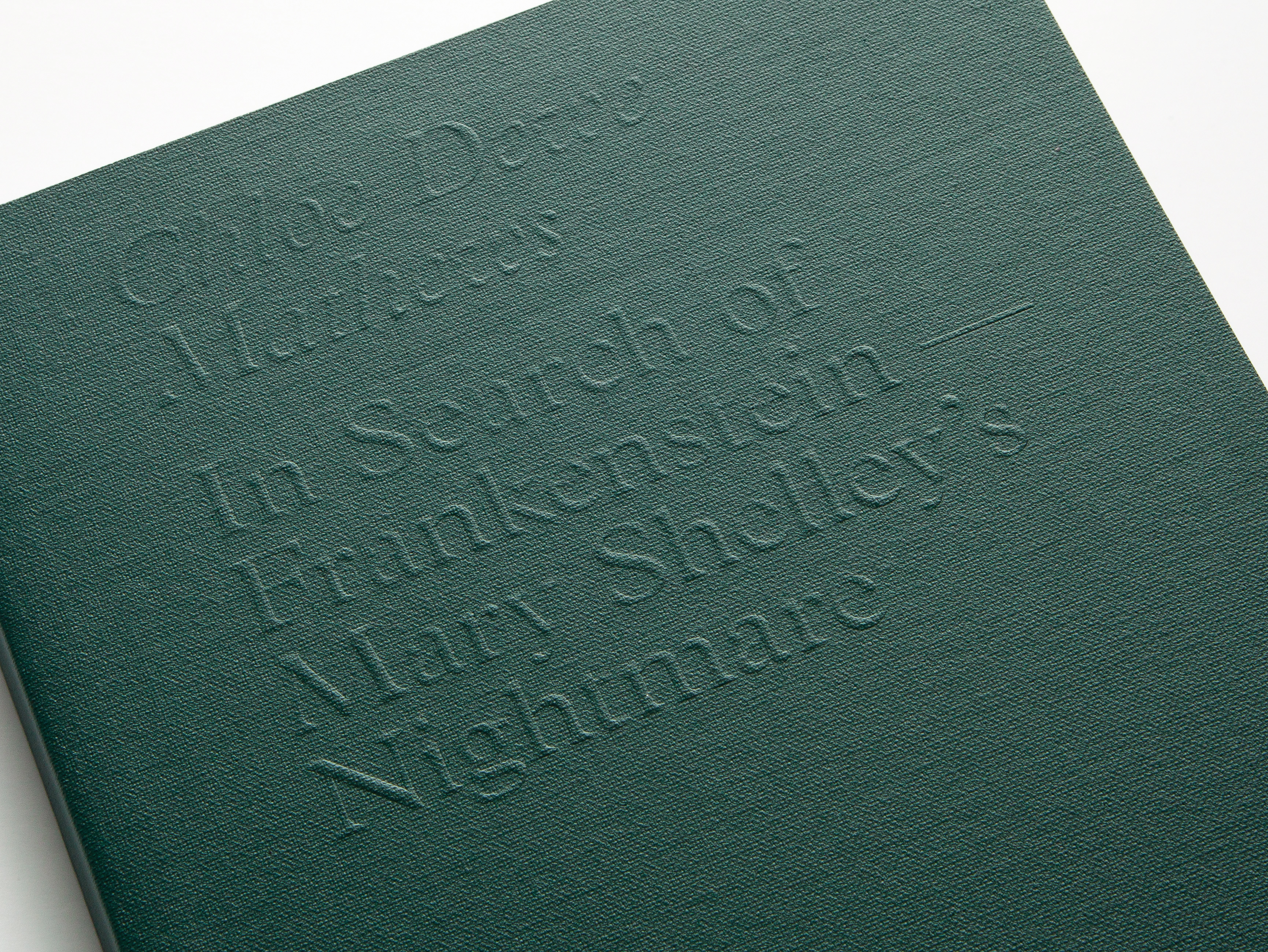
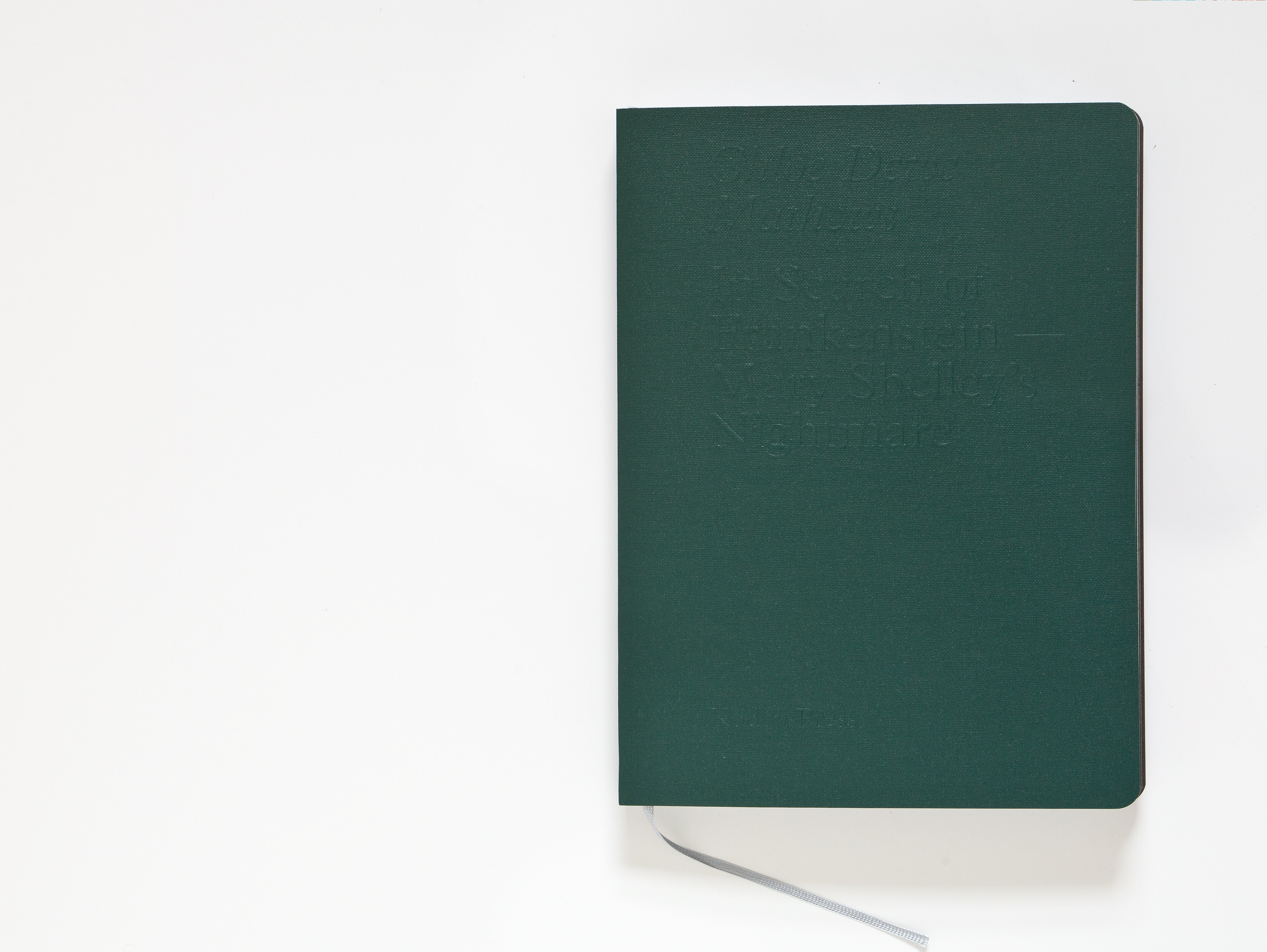
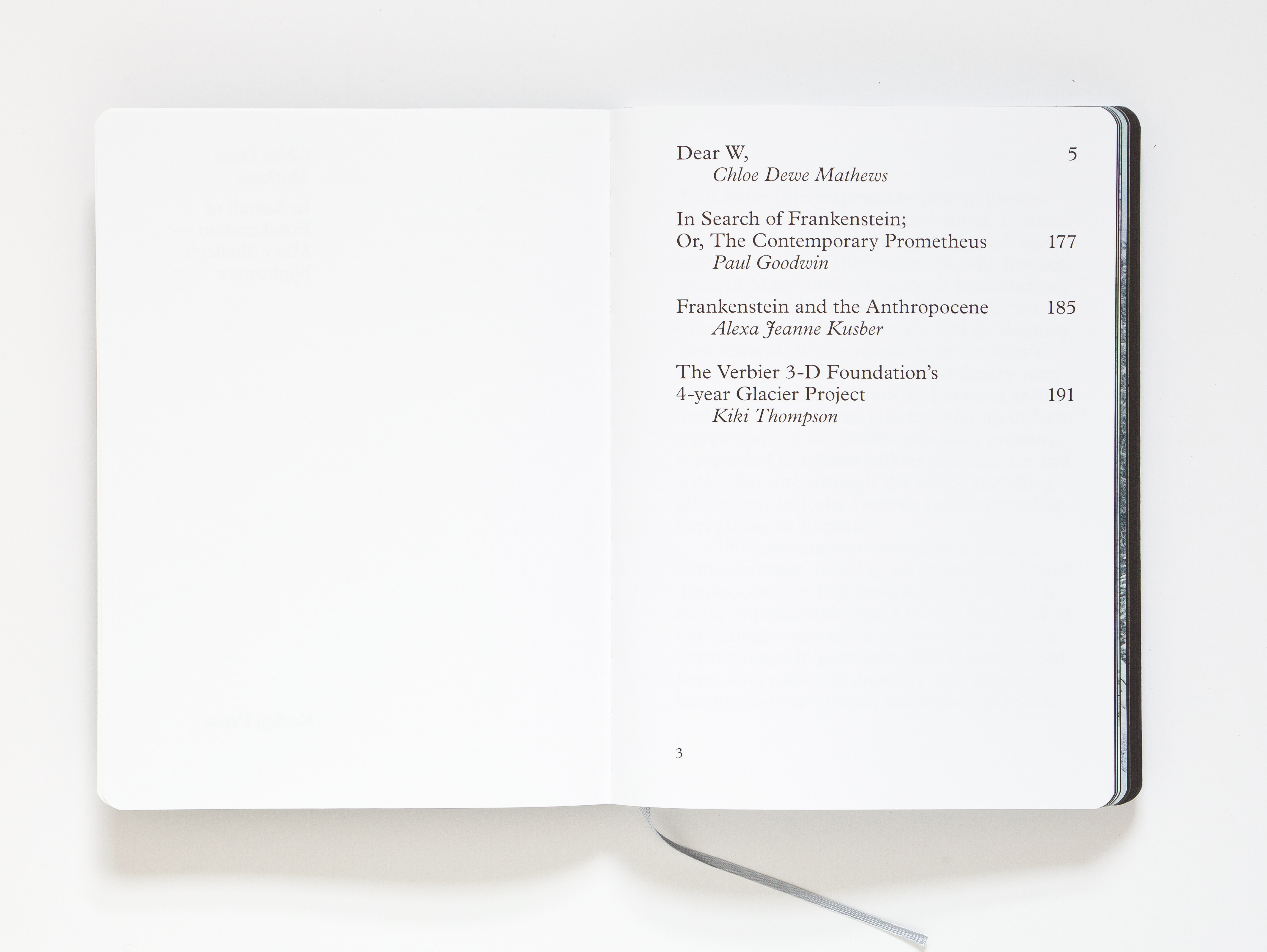
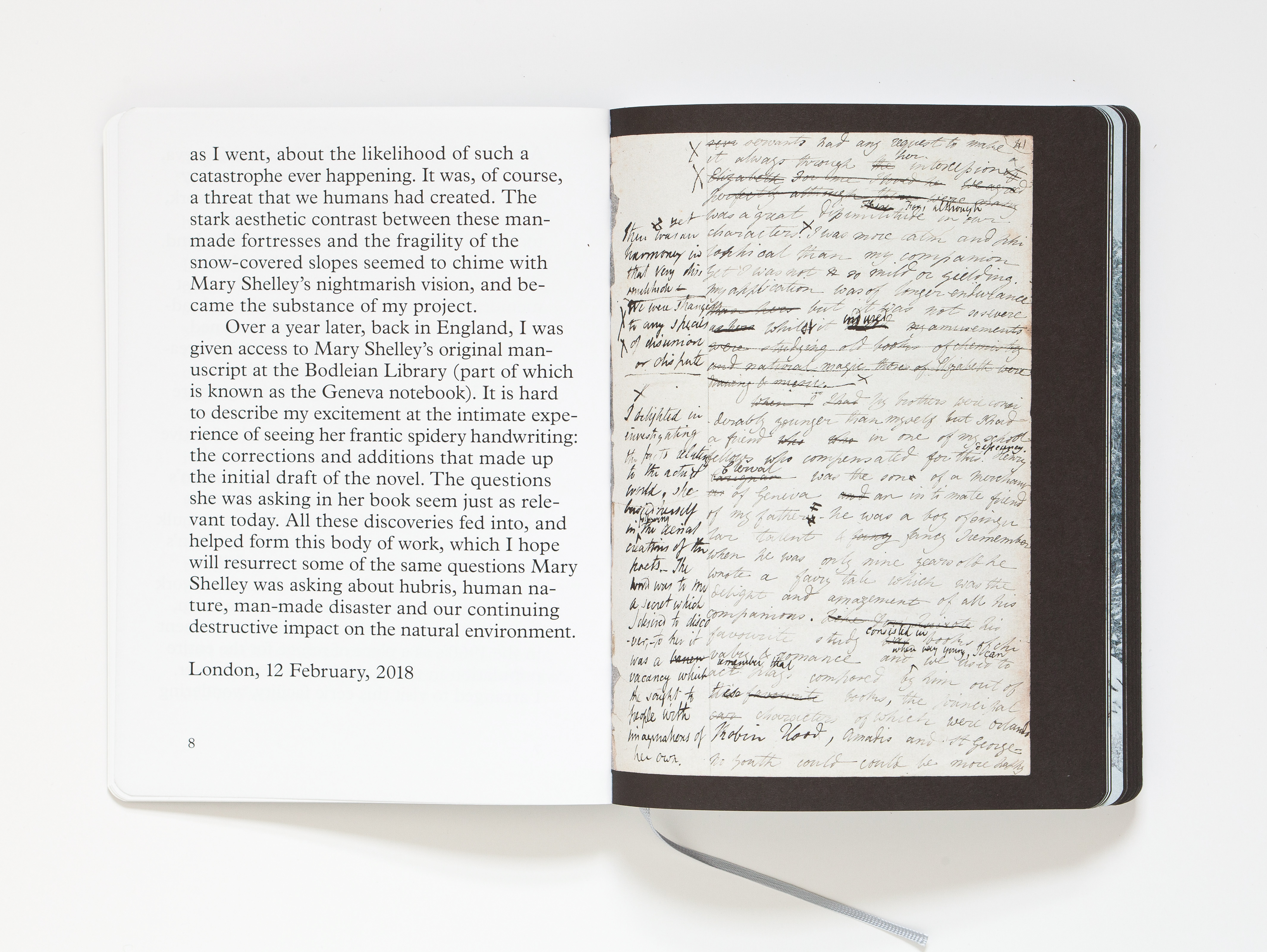

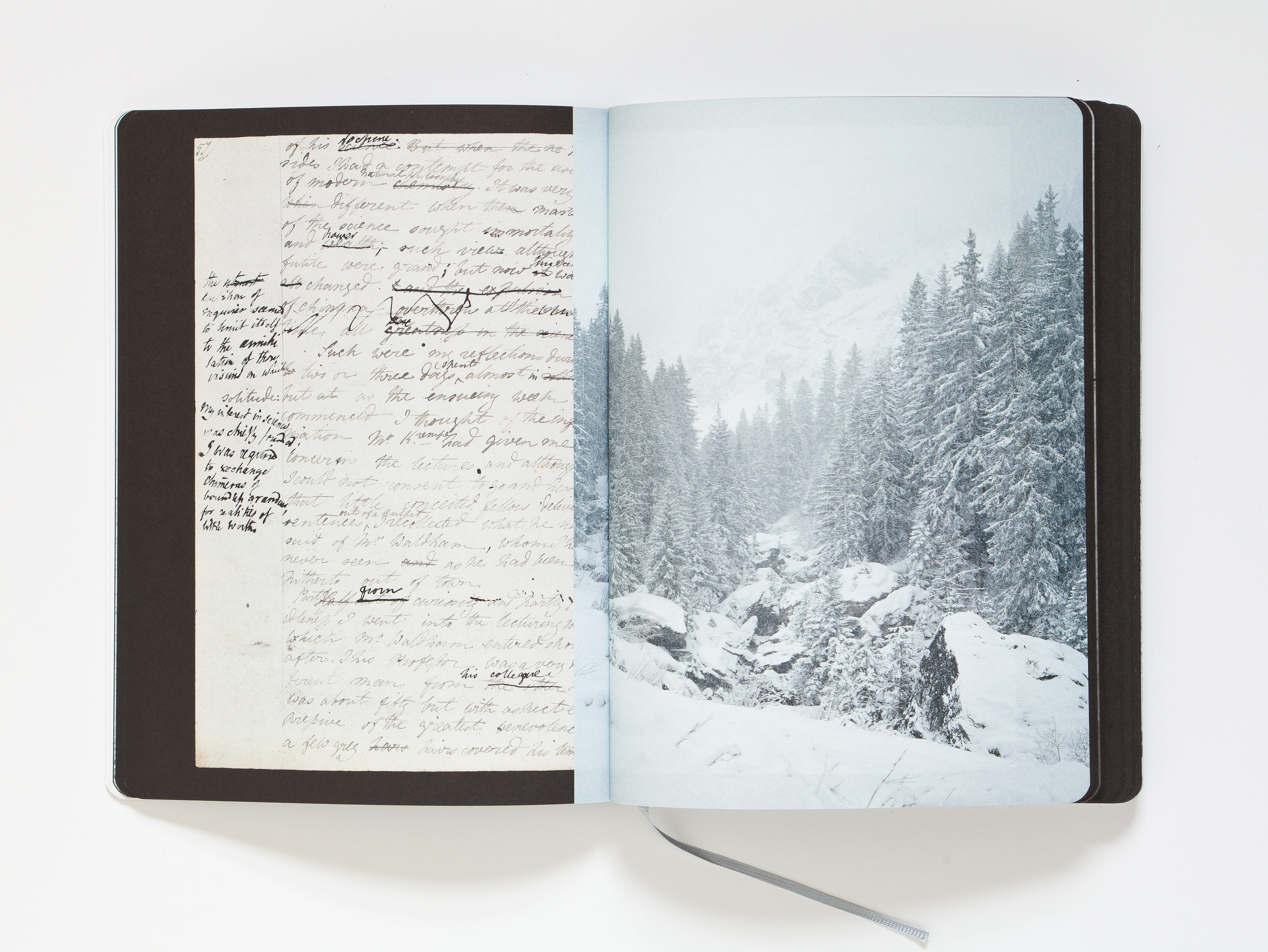
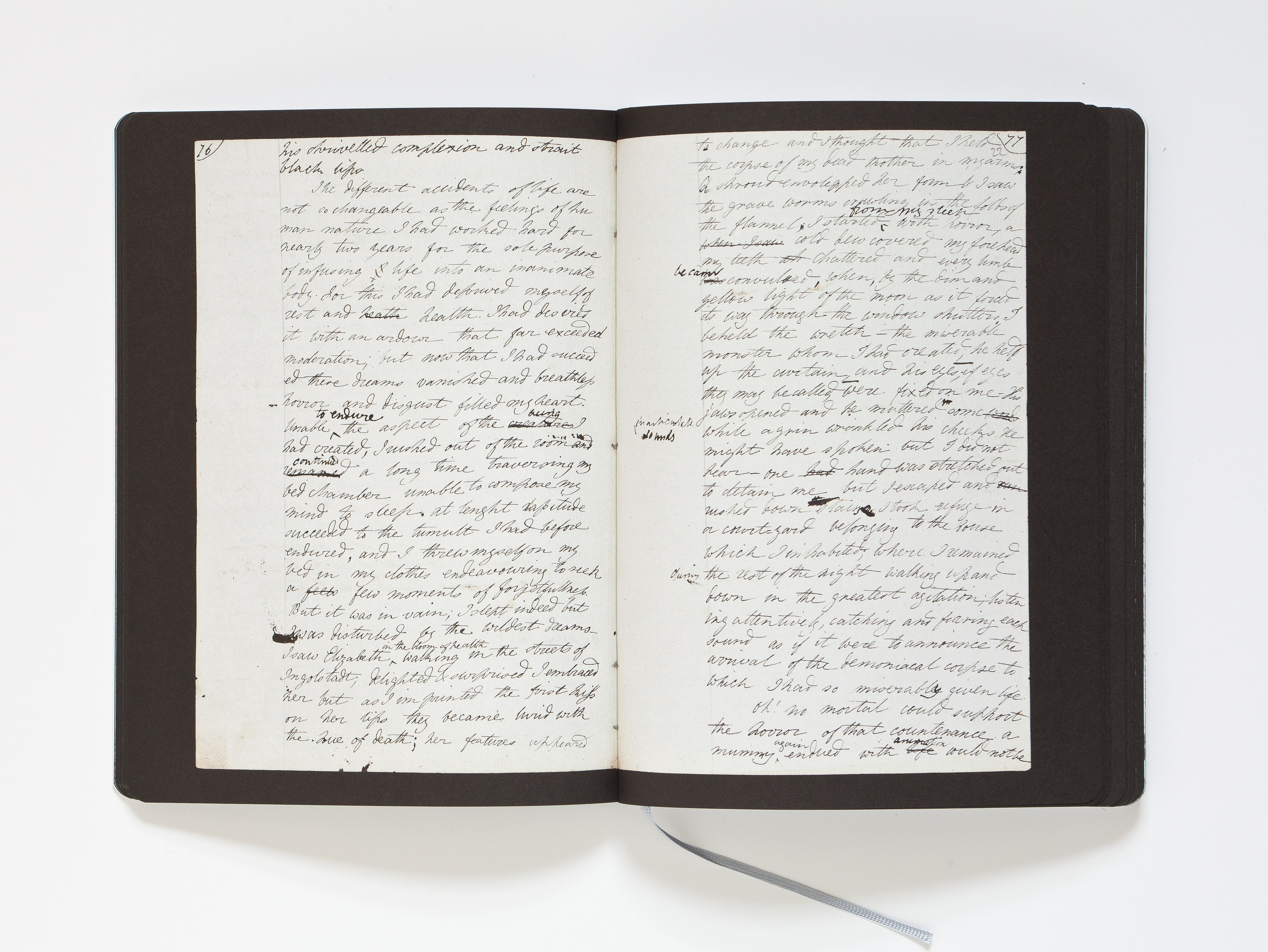
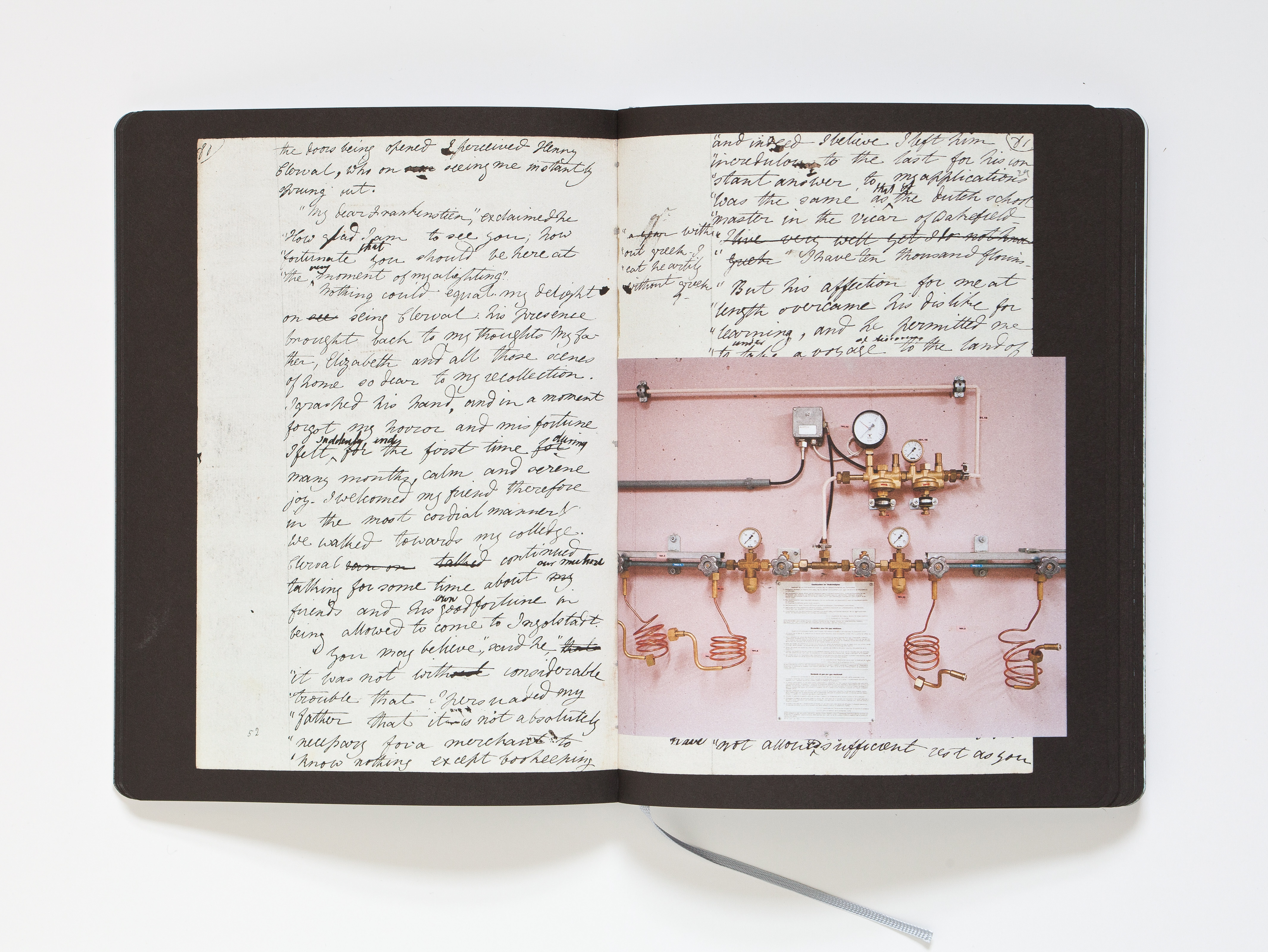
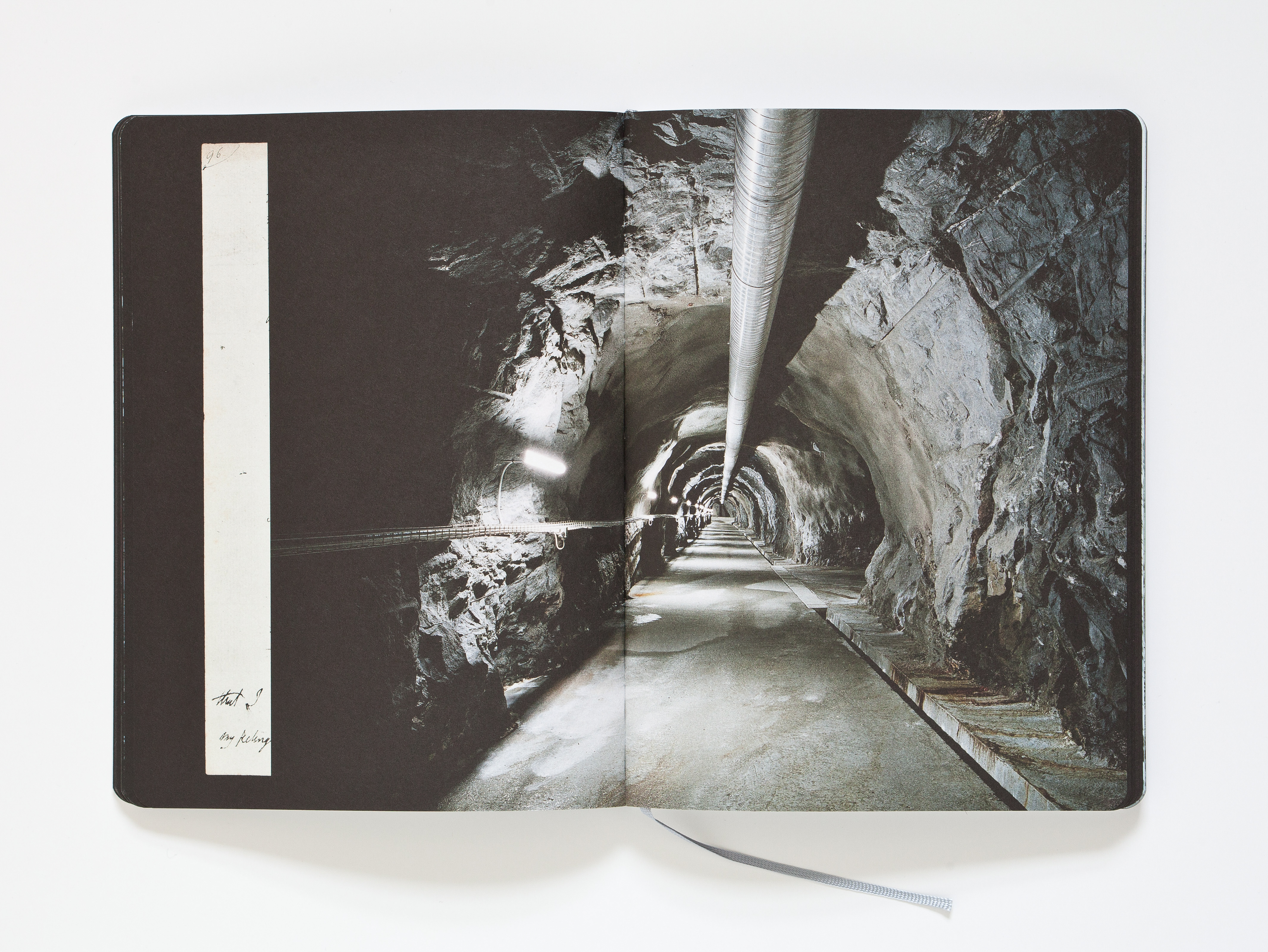
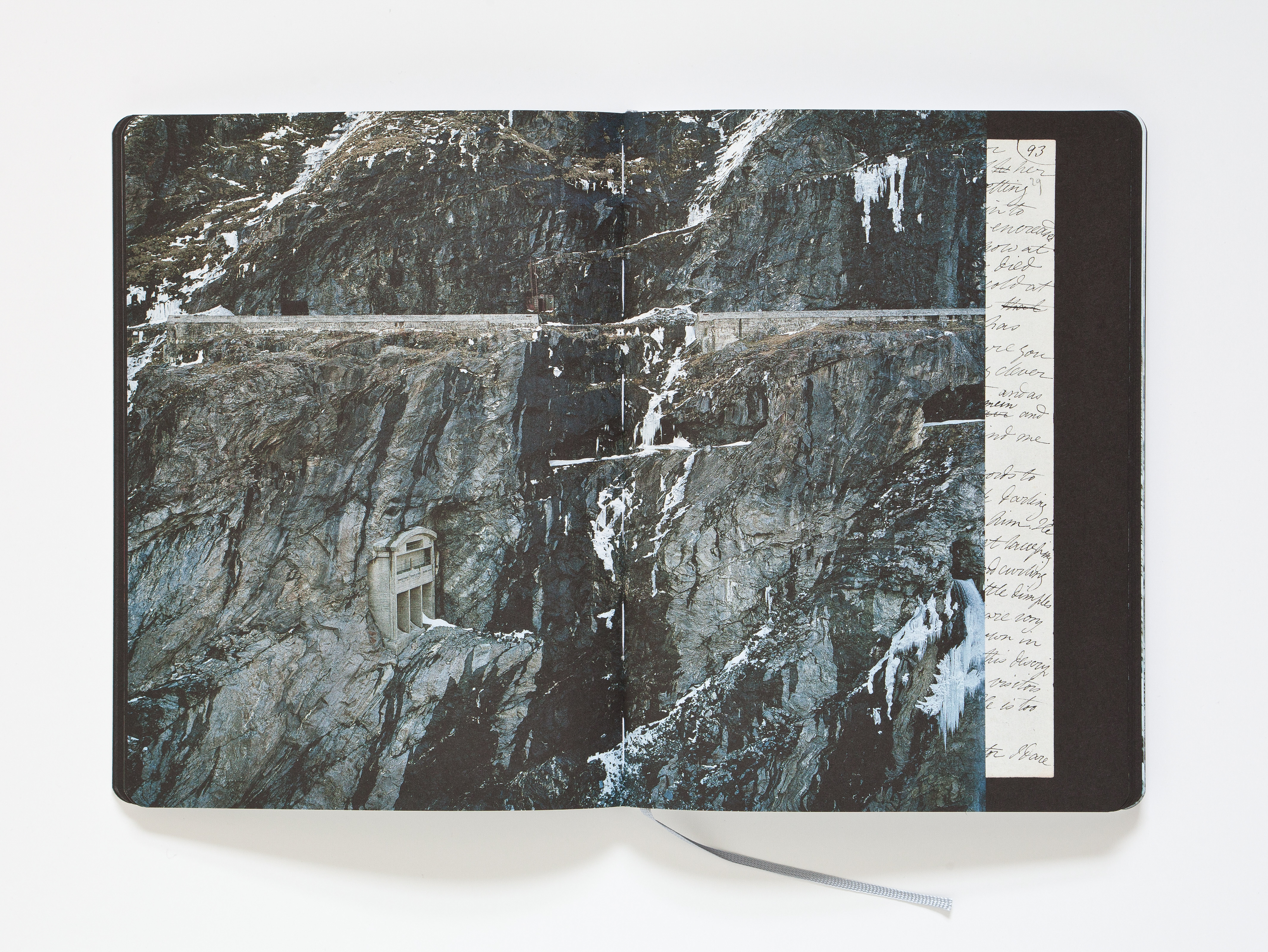
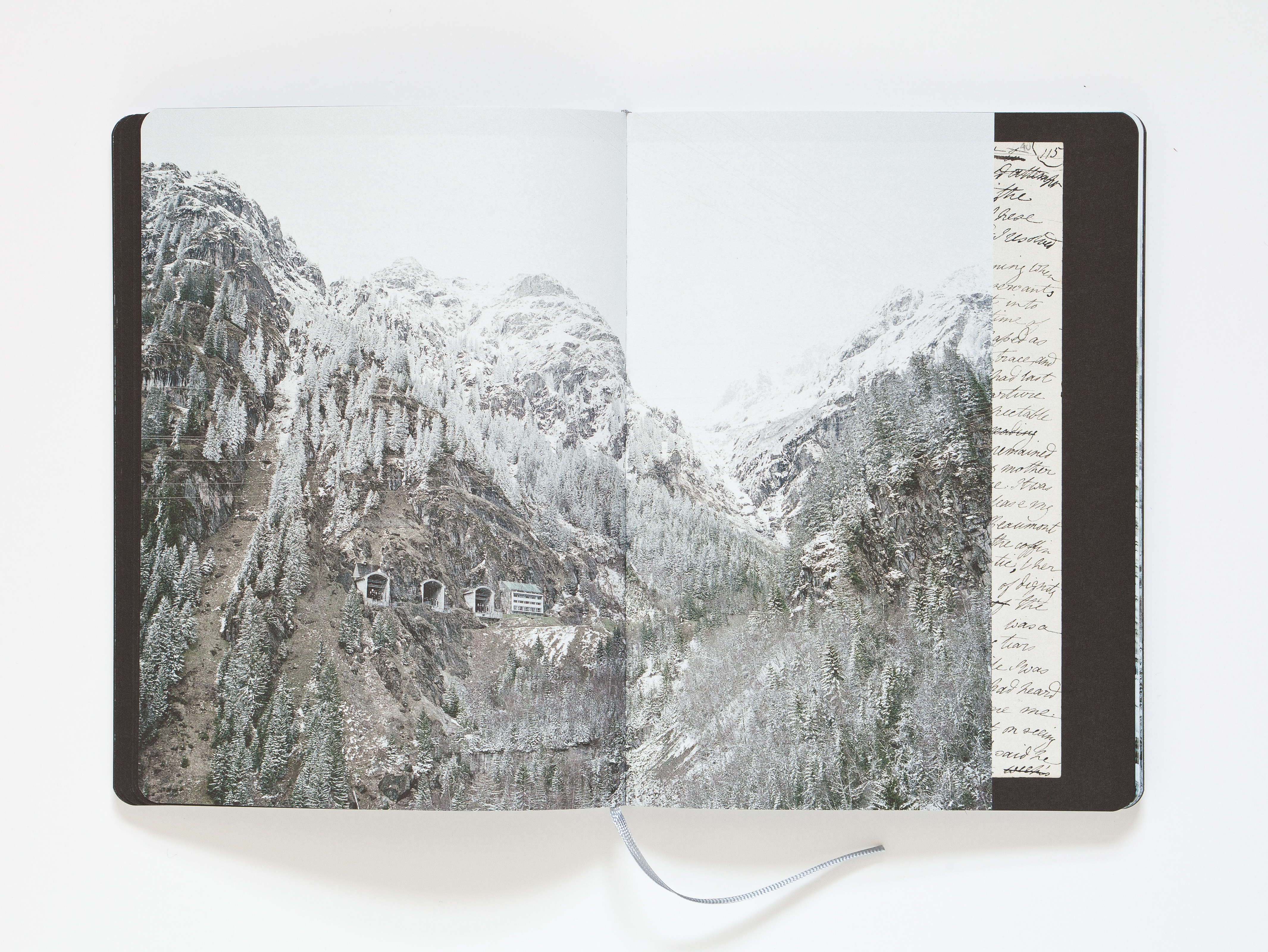
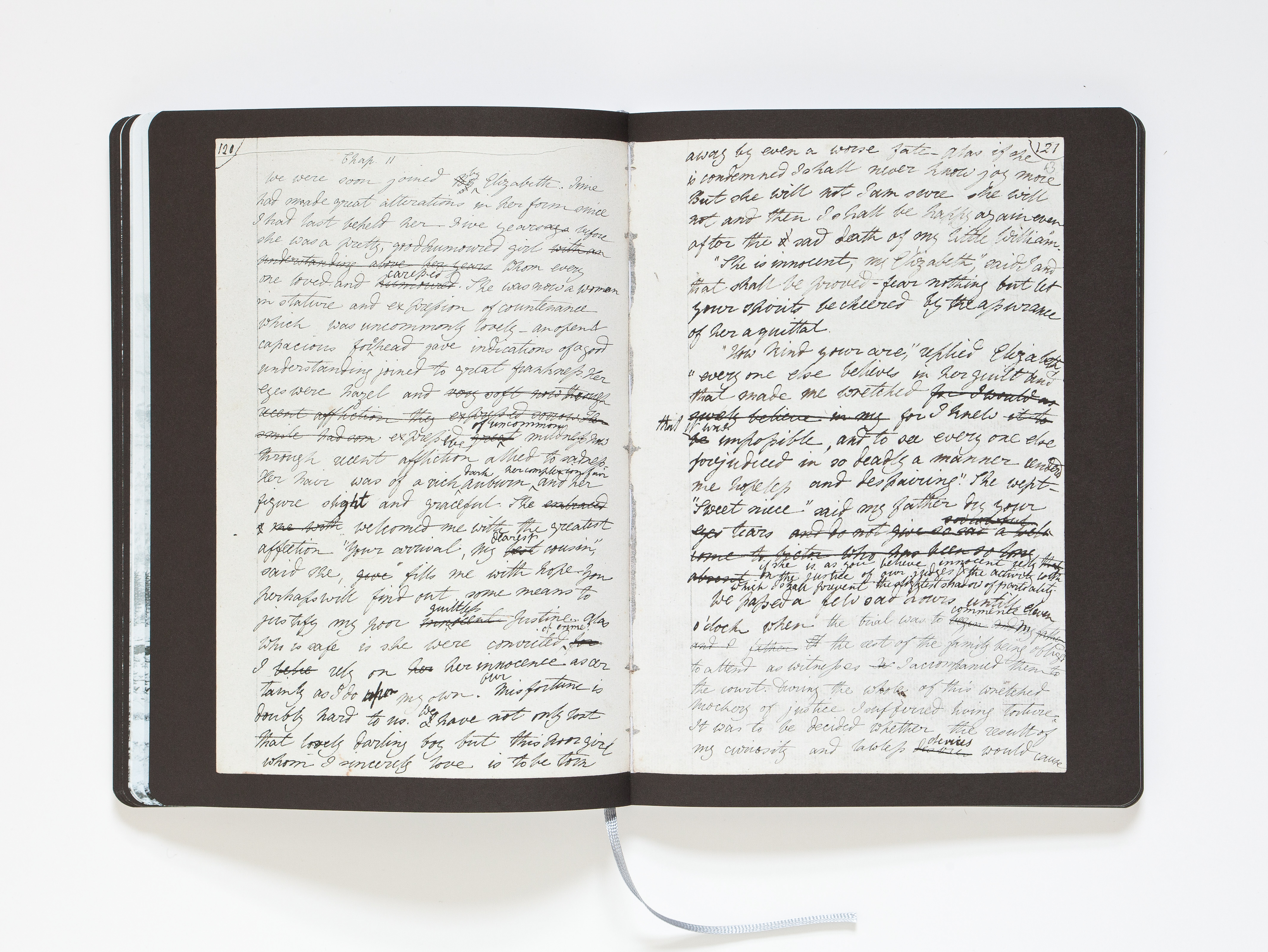
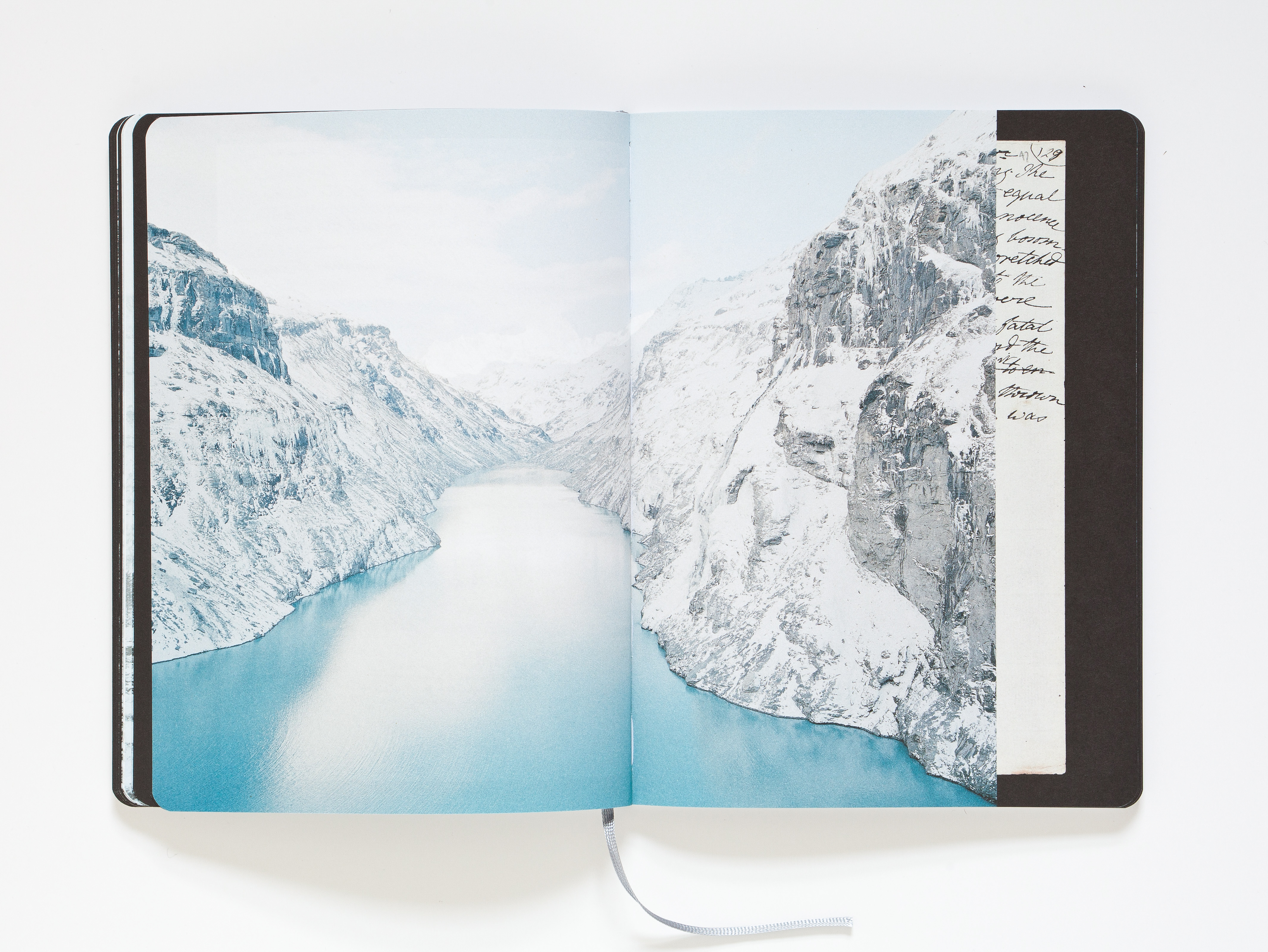
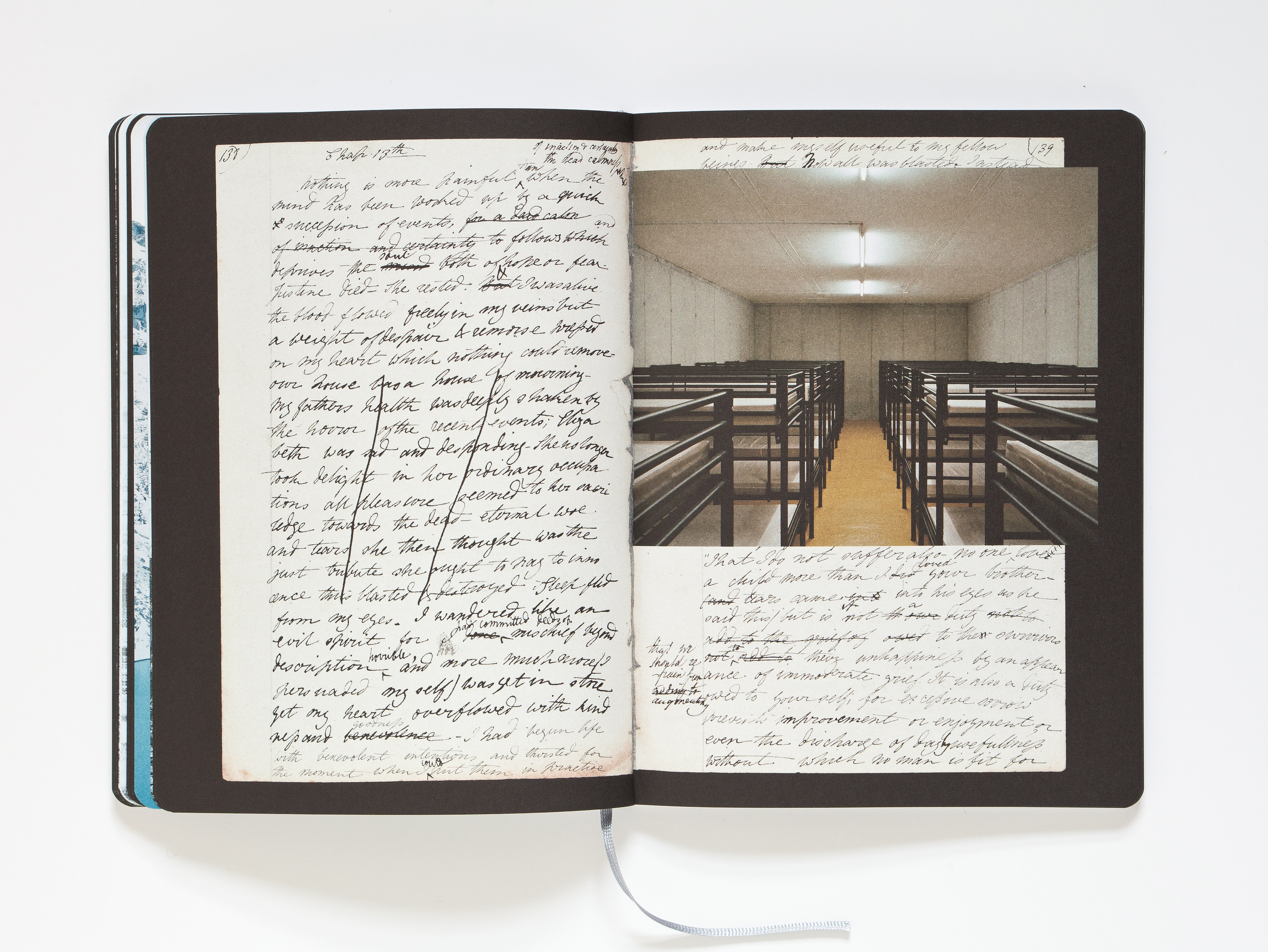

IN SEARCH OF FRANKENSTEIN —
MARY SHELLEY’S NIGHTMARE
Chloe Dewe Mathews Texts by Chloe Dewe Mathews, Paul Goodwin, Alexa Jeanne Kusber and Kiki Thompson, English, 17 × 23 cm, 192 pages, 128 color plates, softcover, Kodoji Press, Baden 2018, ISBN 978–3–03747–091–6 SOLD OUT
It is well known that Mary Shelley began to write the novel Frankenstein 75km away, on the shores of Lake Geneva; it is a less familiar story that she and her companions were deprived of the usual summertime pursuits because it was 1816, the ‘Year Without Summer’. The eruption of the Mount Tambora volcano on an Indonesian Island the previous year had sent ash into the atmosphere, blocking sunlight over large parts of the globe, bringing low temperatures, crop failure and severe food shortages. A further consequence was the Débacle du Giétroz two years later, when a swollen glacier dyke collapsed under the pressure of many millions of cubic metres of water. The water flooded into the Val de Bagnes, killing 44 people and ran all the way to Lake Geneva.
Mary Shelley’s monster – an extended account of a nightmare – was a human creation that destroyed its unloving creator, an echo we see in recent climactic disasters, demonstrating our continuing impact on the environment. Dewe Mathews’ book uses the sublime snowy expanses Shelley encountered as she travelled through Switzerland to draw parallels between the themes in Frankenstein and the environmental issues of our time. The artist went in search of the glacial landscapes that inspired Shelley’s creation but instead found a different form of human folly: a grey mass of melting ice. Dewe Mathews also investigated a series of bunkers with passages running for many miles tunnelled in the mountains around Verbier and Geneva, constructed in the 1960s as shelter from potential nuclear fallout. It is a cold, featureless and dreadful setting, even though it was designed as a refuge. ‘In Search of Frankenstein — Mary Shelley’s Nightmare’ interweaves reproductions of the ‘Geneva Notebook’ – the first half of Shelley’s original manuscript – with photographs of the Alpine landscape above and below ground today. Where is the monster to be found?
Chloe Dewe Mathews (b. 1982 London) lives and works in St Leonards-on-Sea, England. Her work has been exhibited internationally, including at Tate Modern, the Irish Museum of Modern Art and Museum Folkwang. Public and private collections have acquired her work, such as the British Council Art Collection, the Irish State Art Collection and the National Library of Wales. Dewe Mathews has been awarded the British Journal of Photography International Photography Award, the Royal Photographic Society Vic Odden Award and the Robert Gardner Fellowship in Photography at the Peabody Museum of Archaeology and Ethnology, Harvard University.
